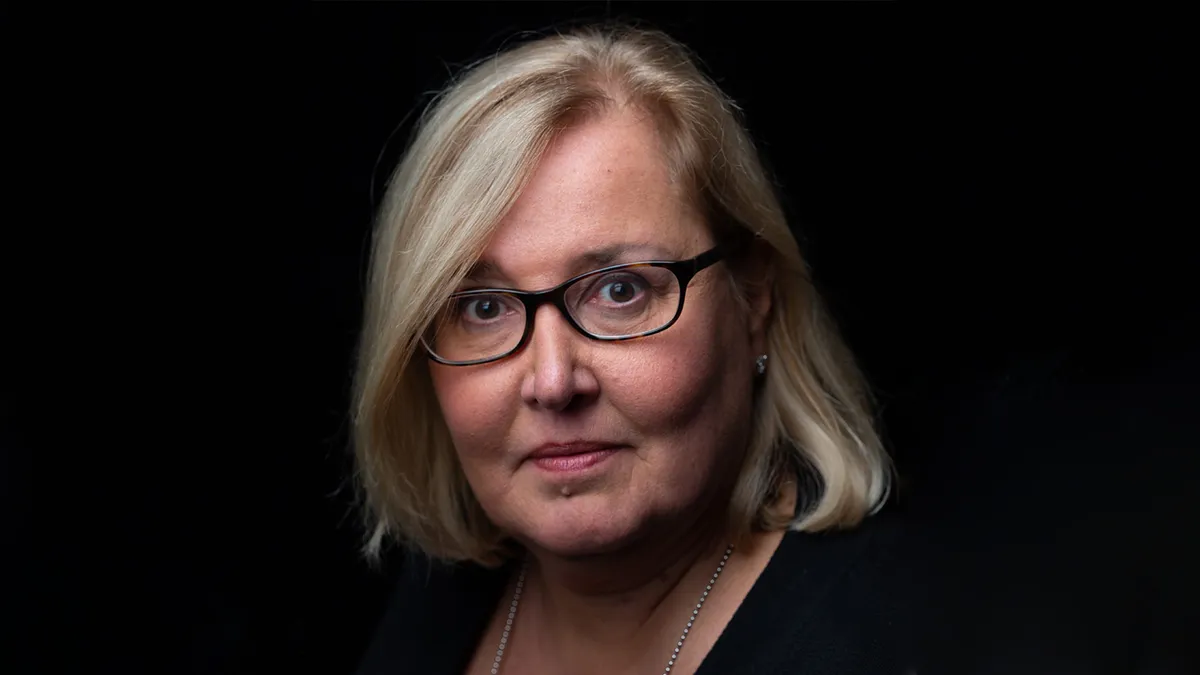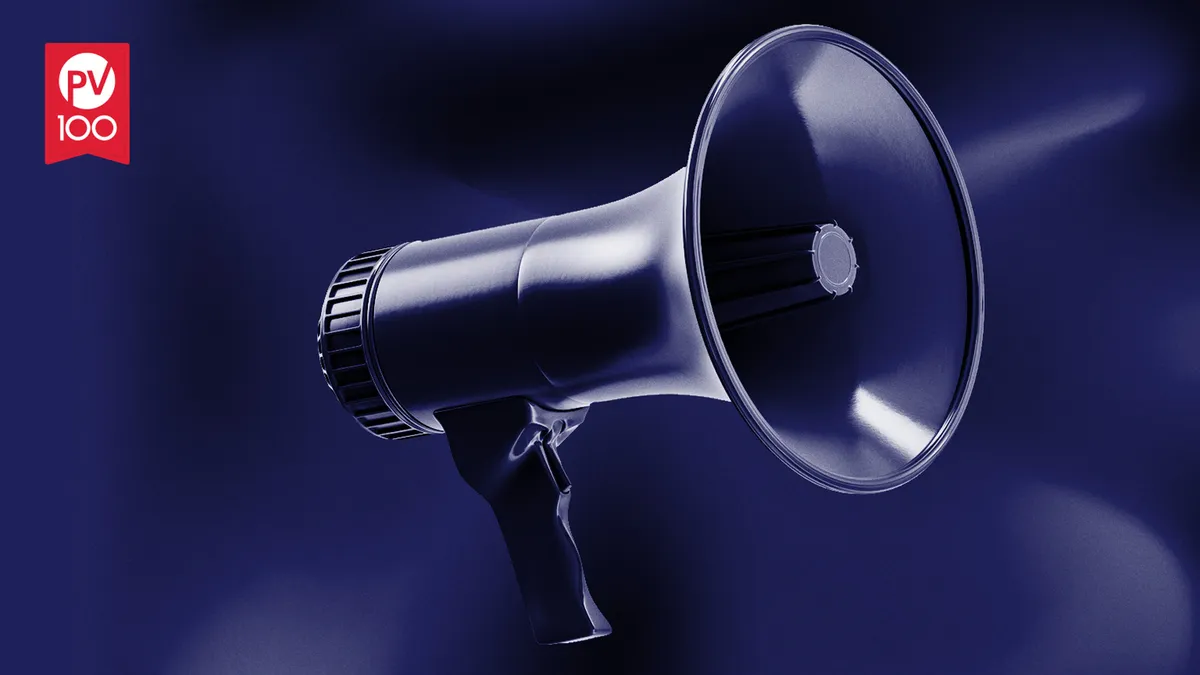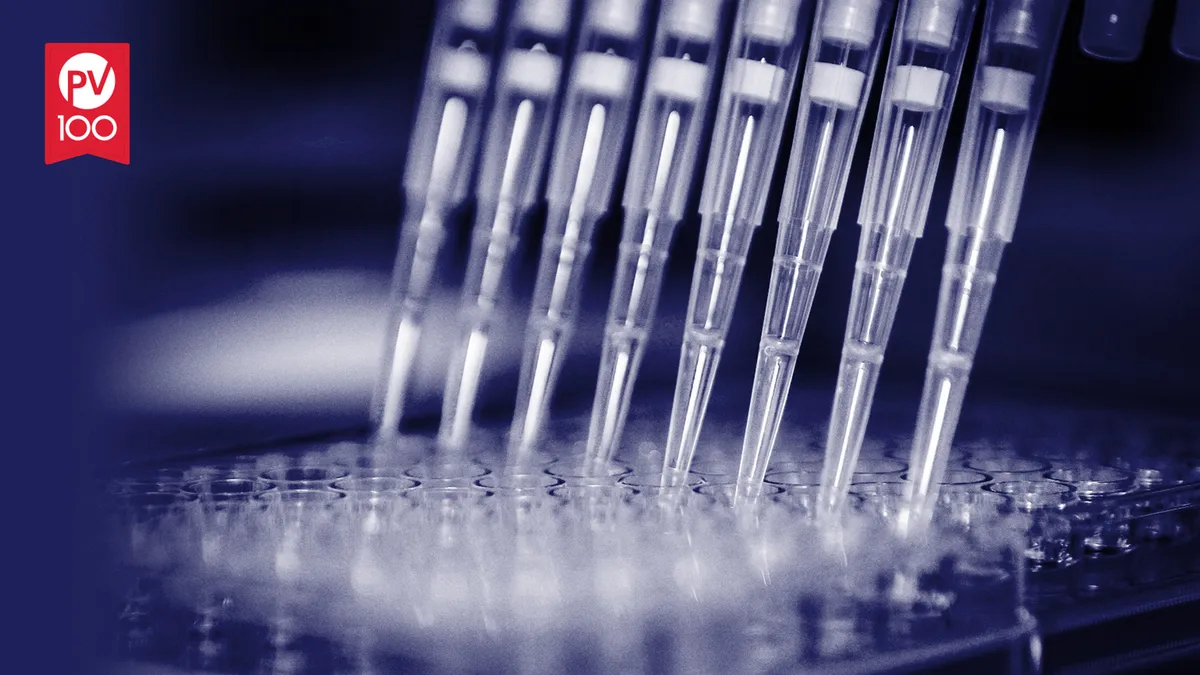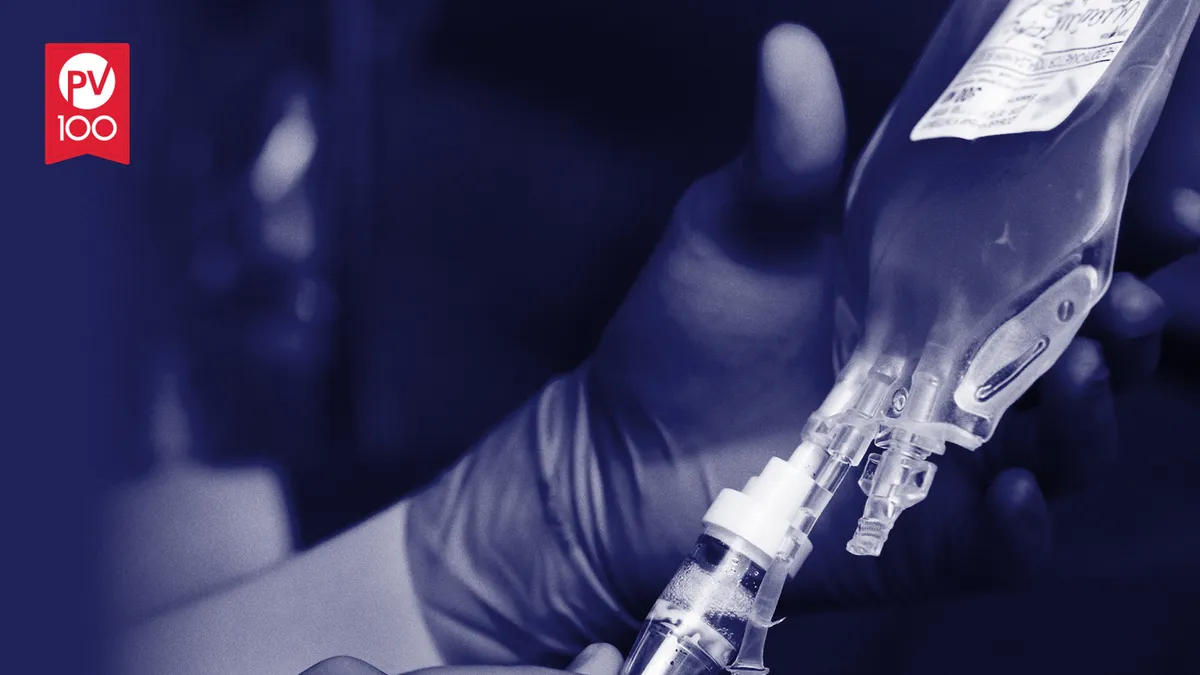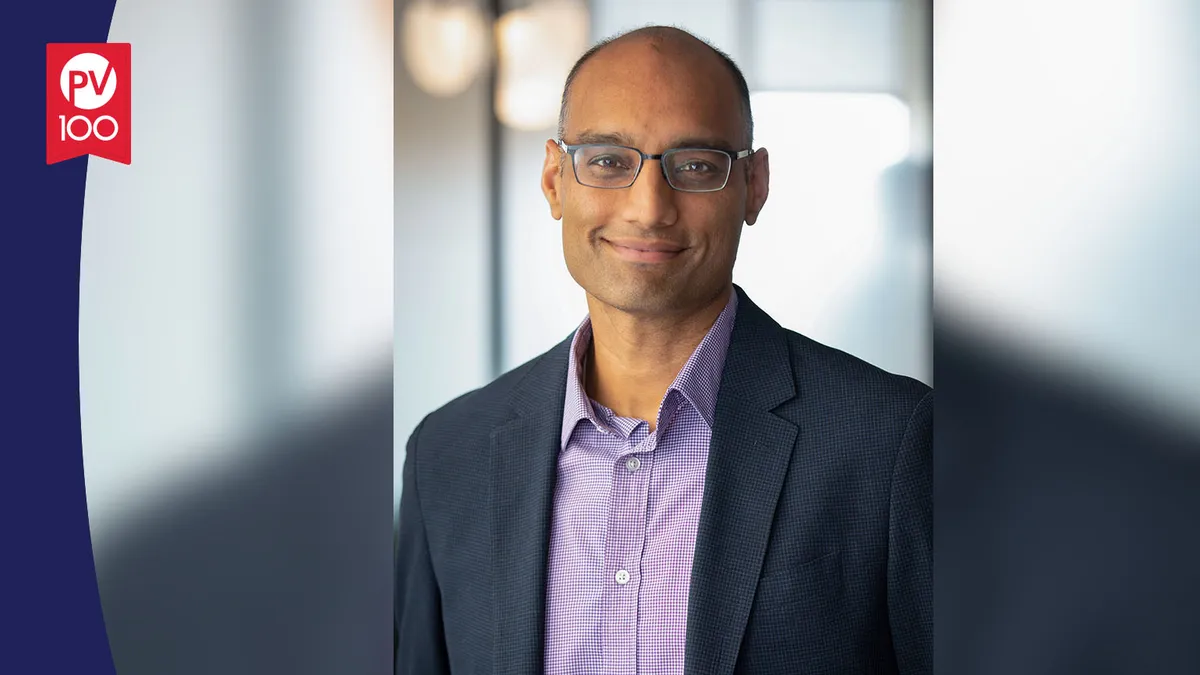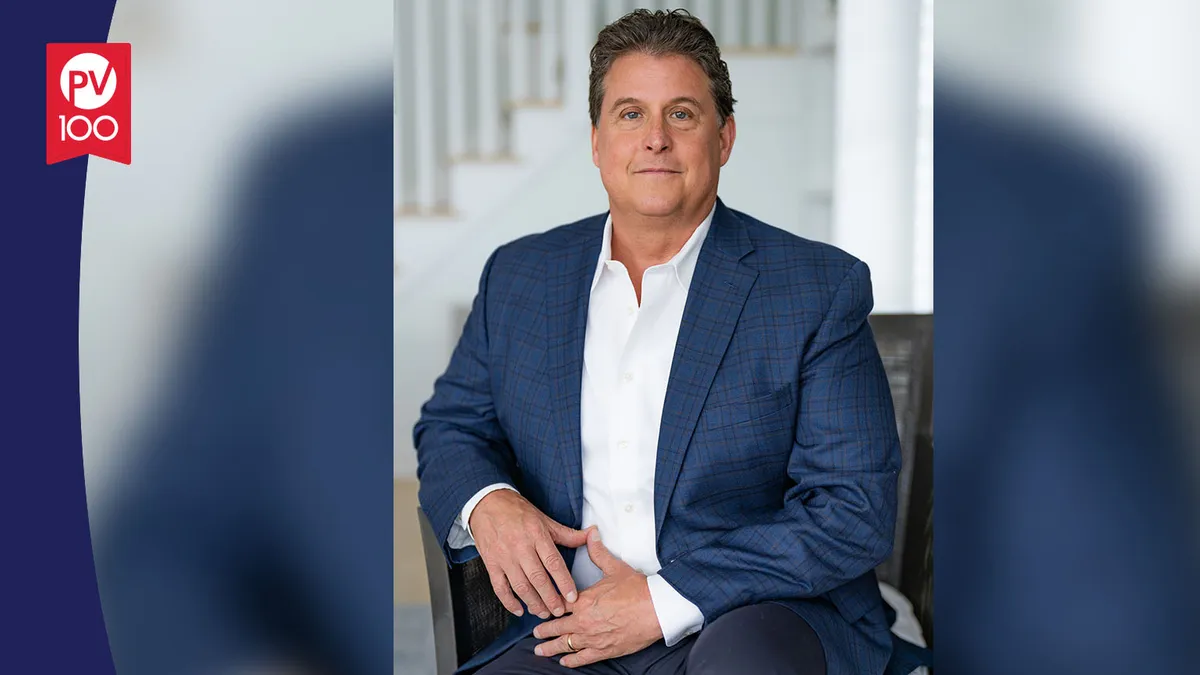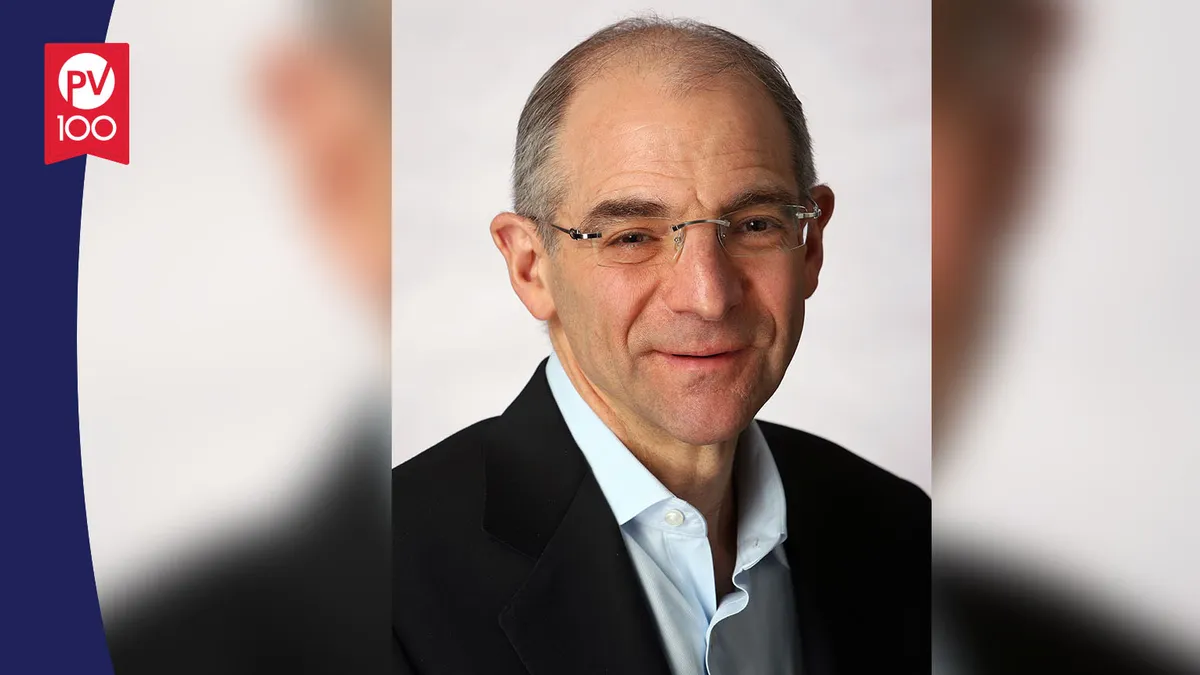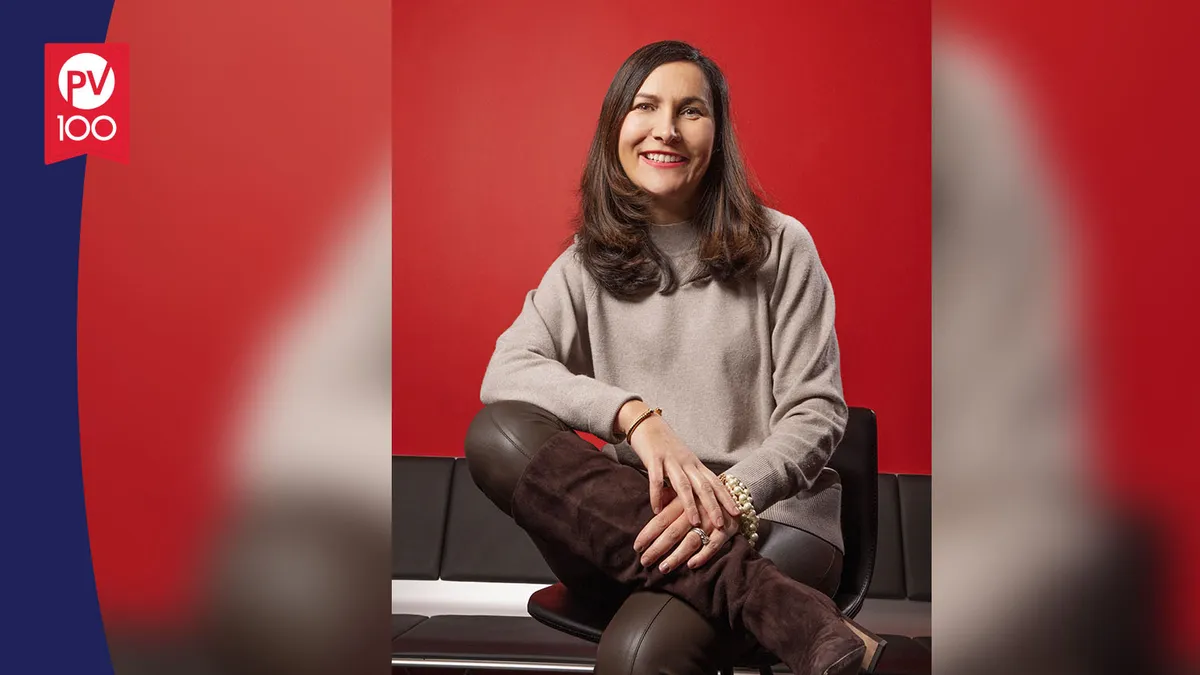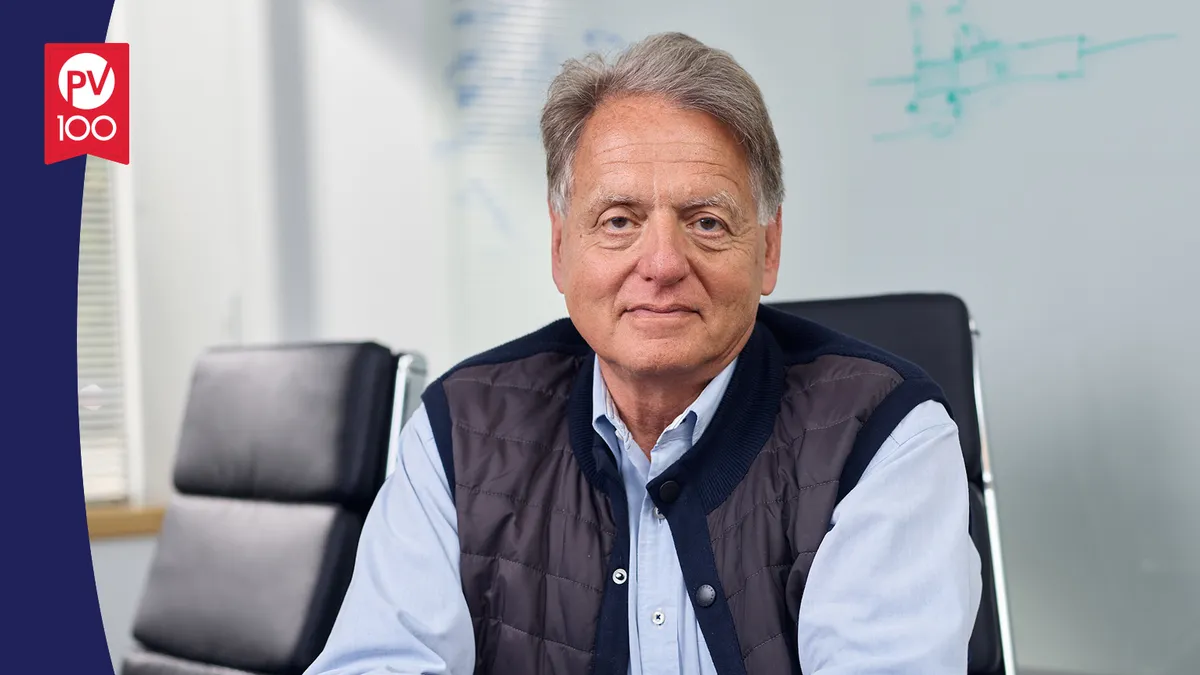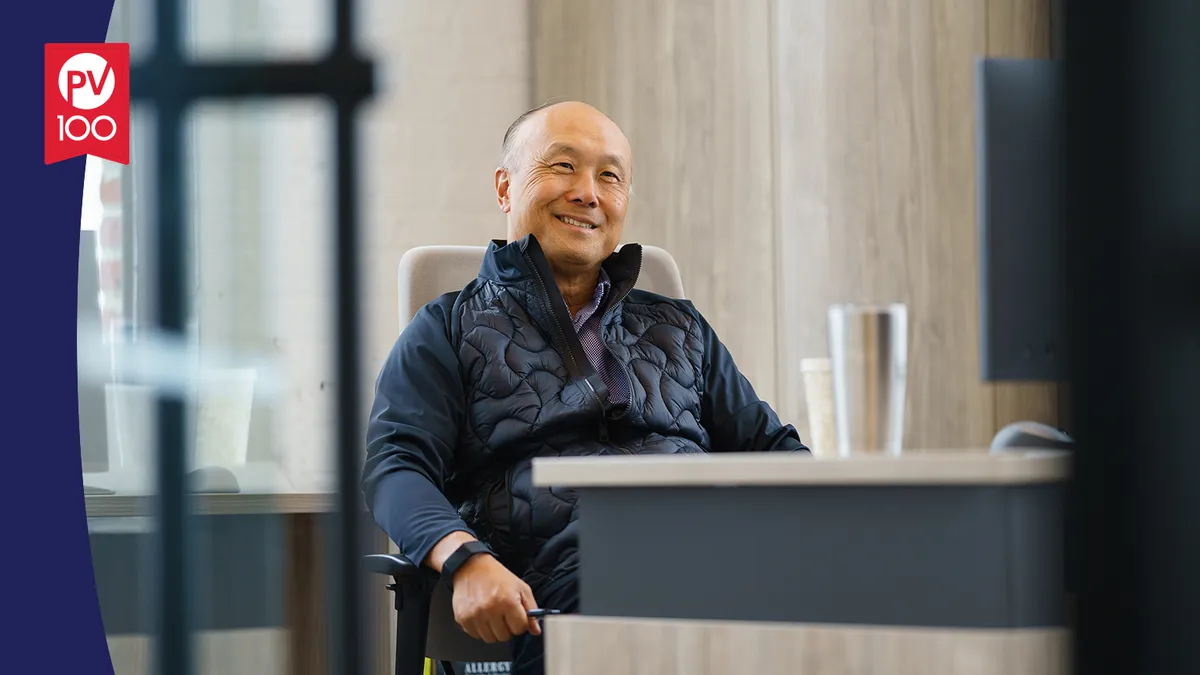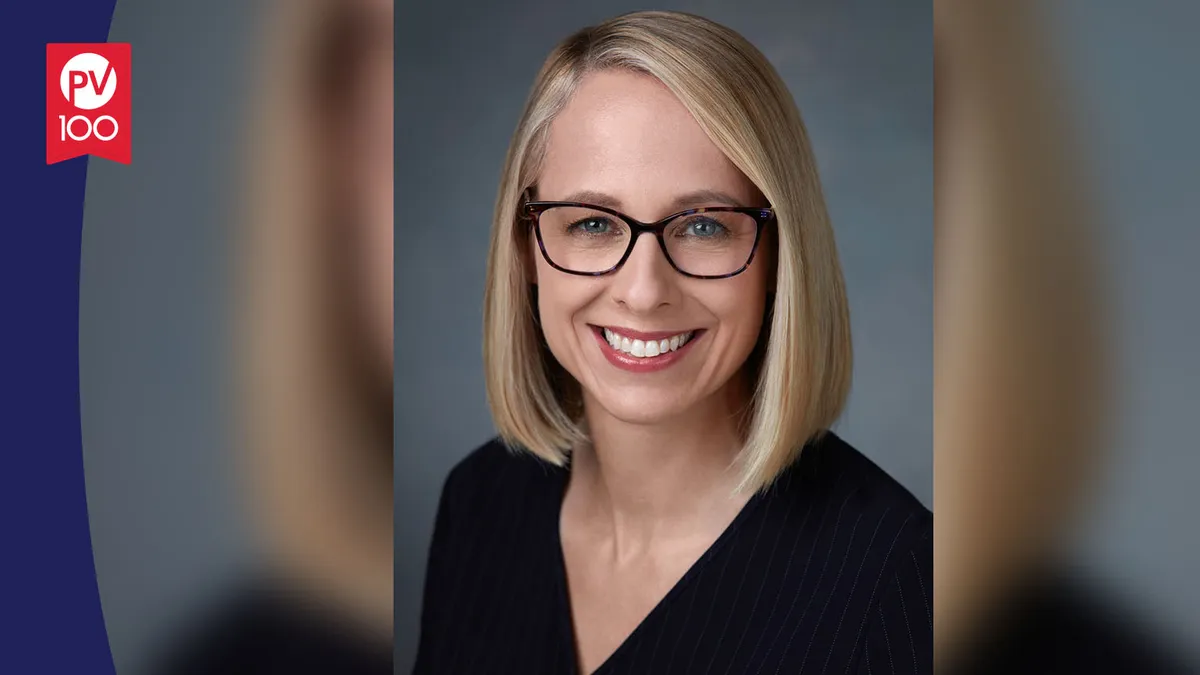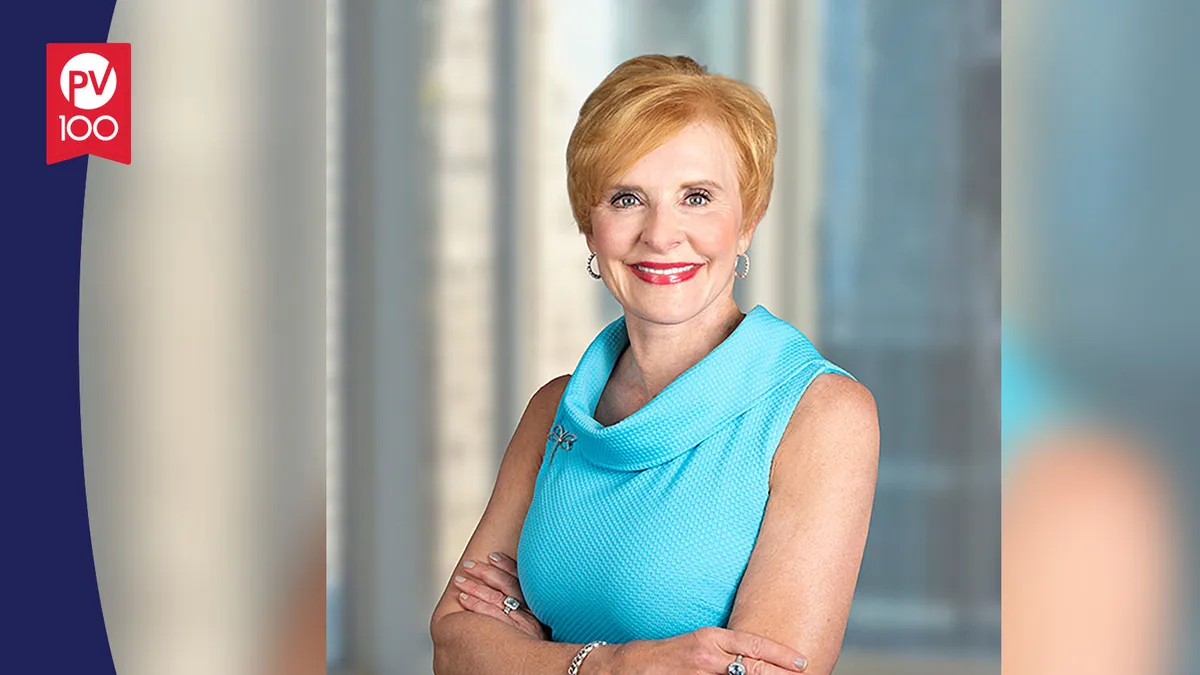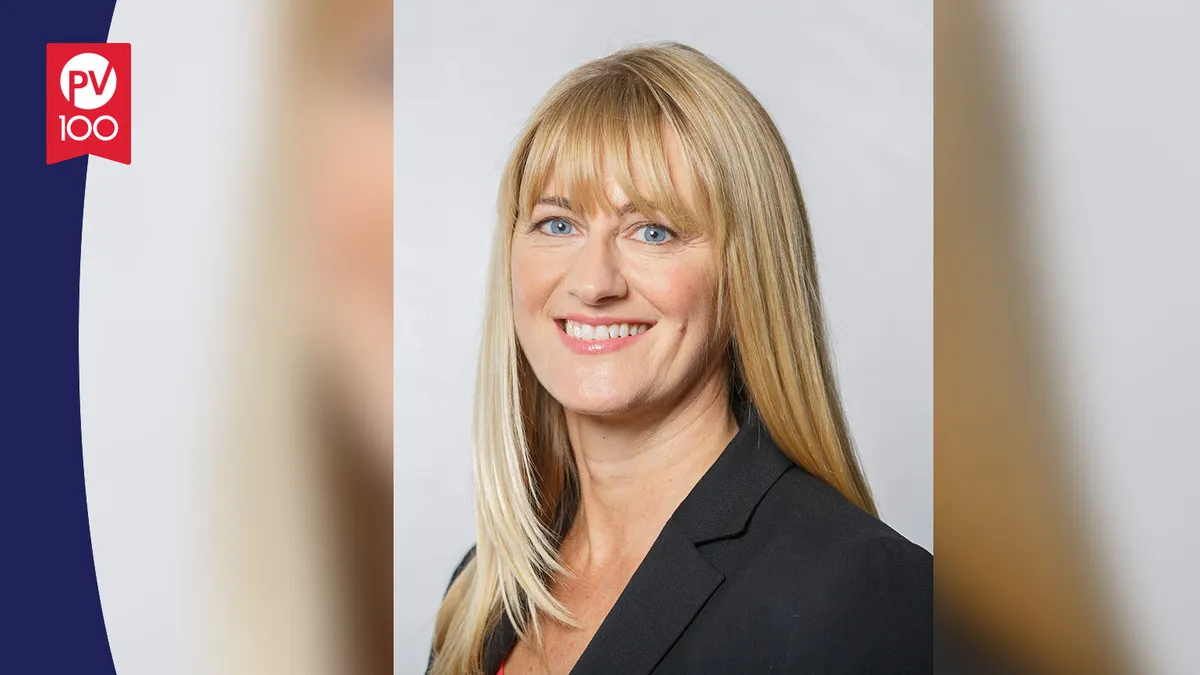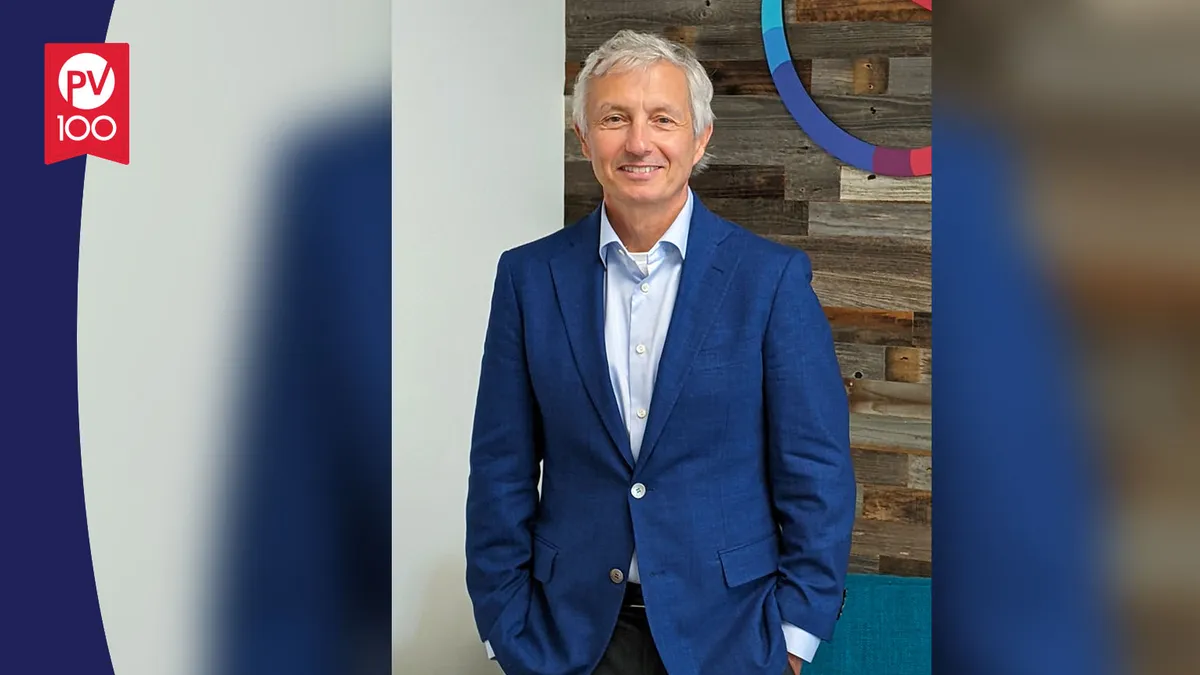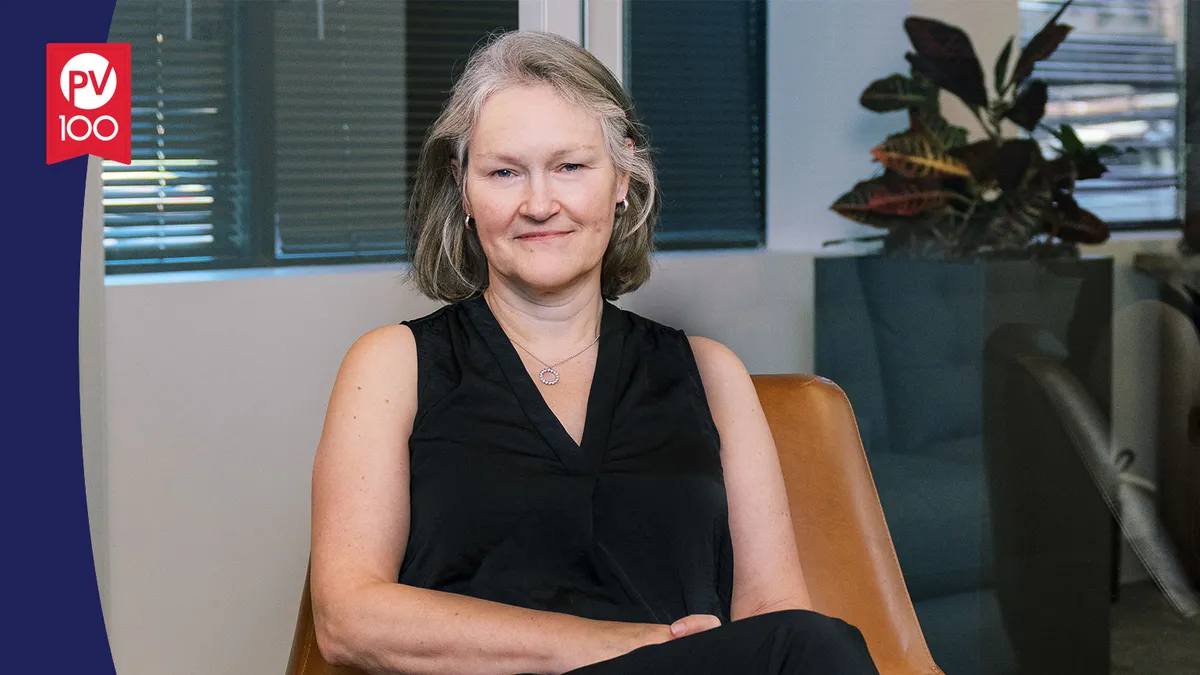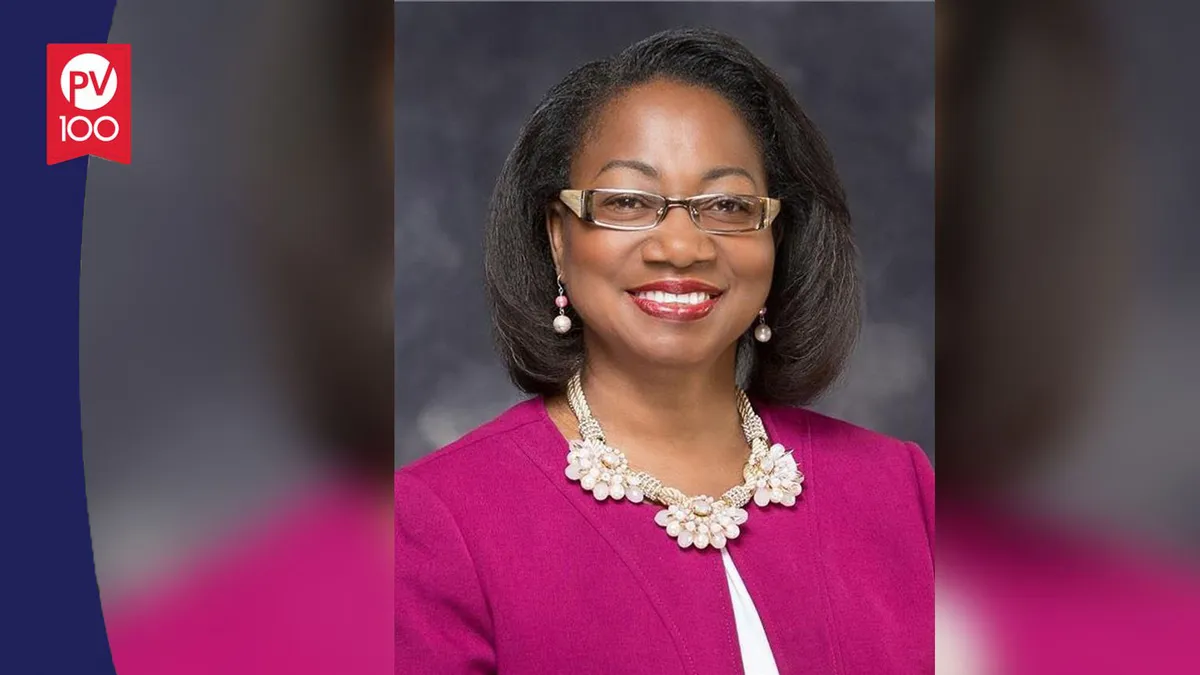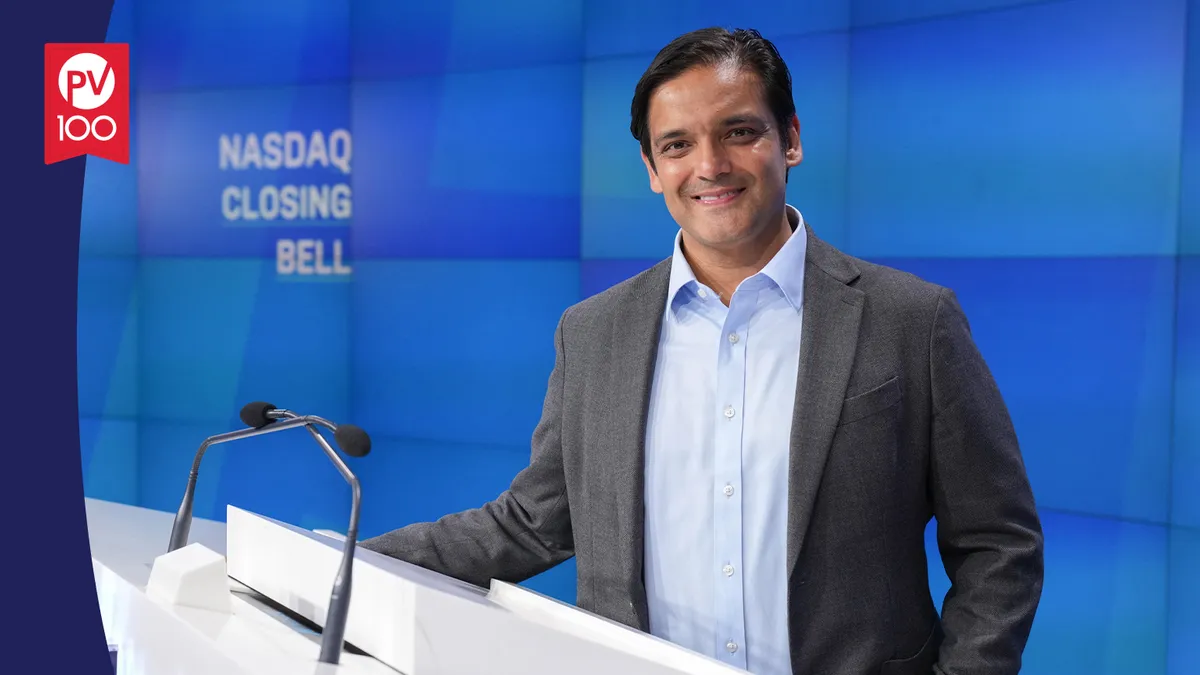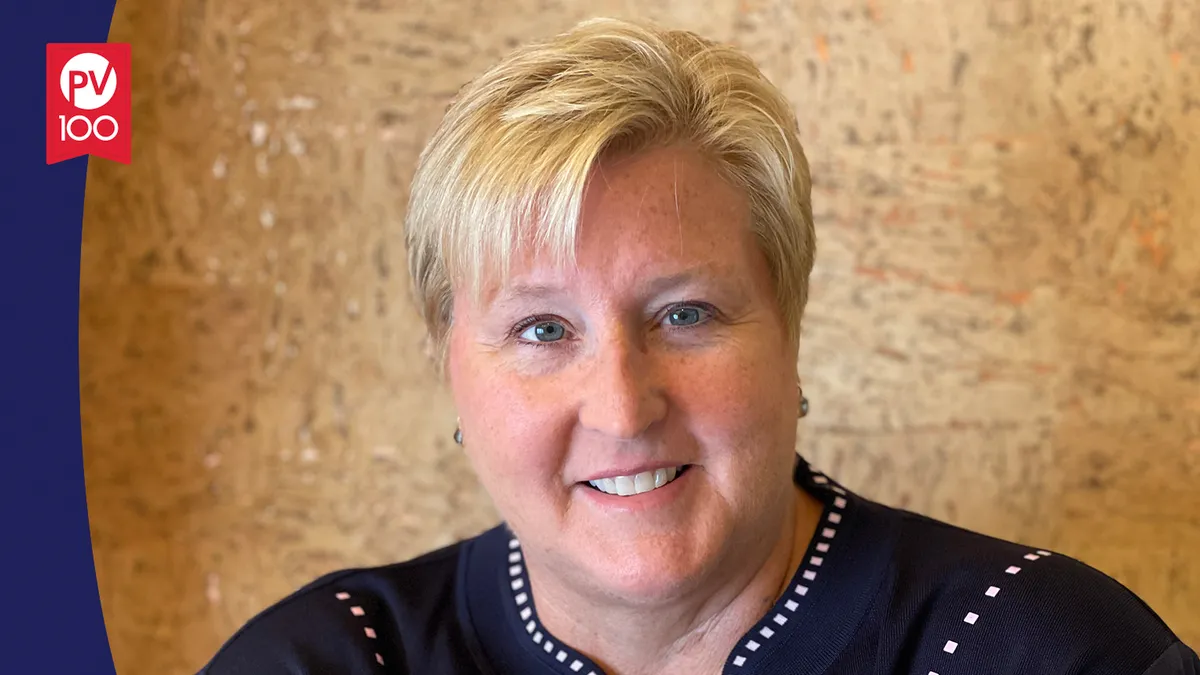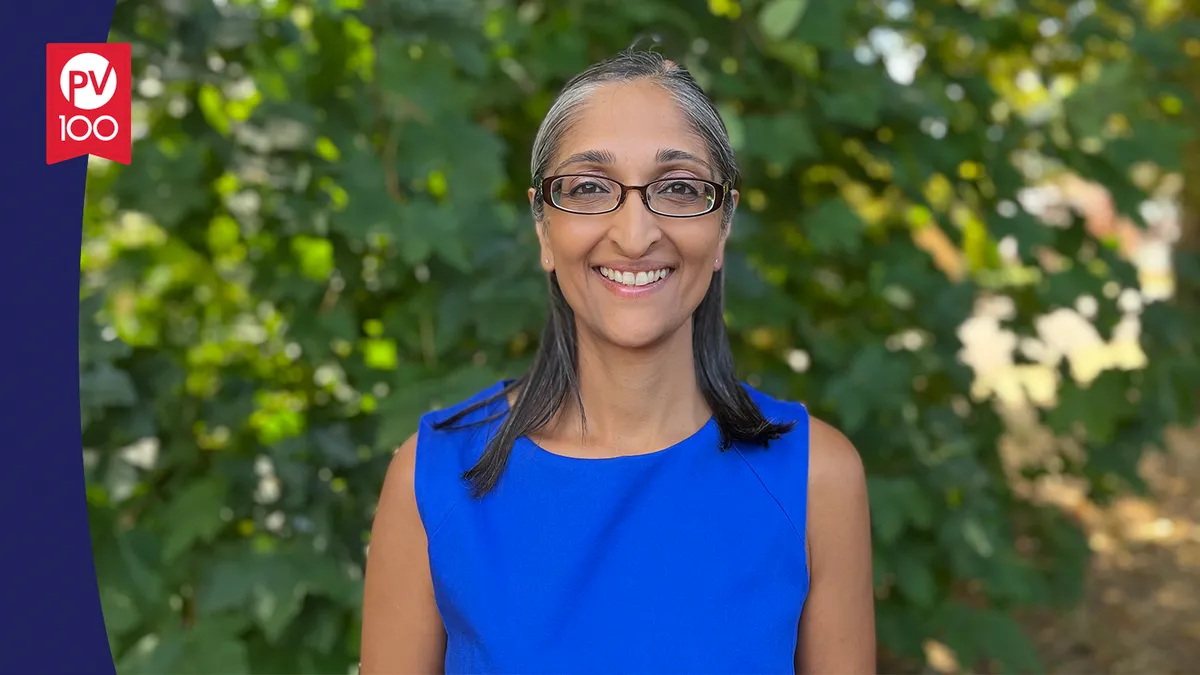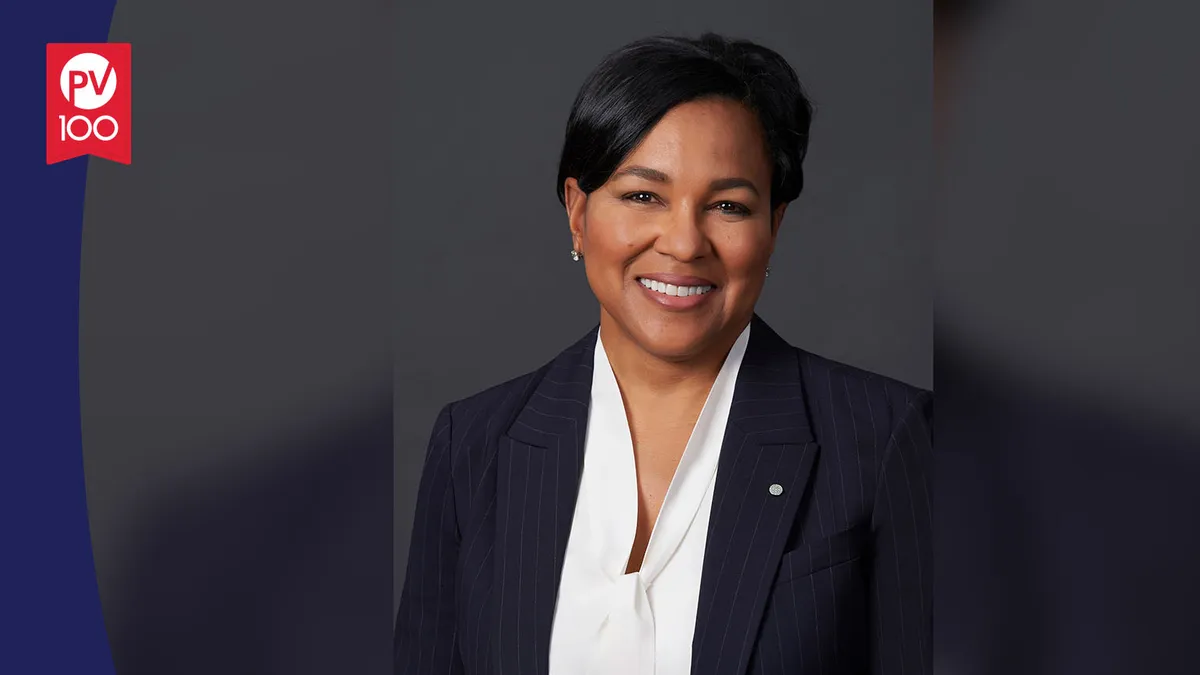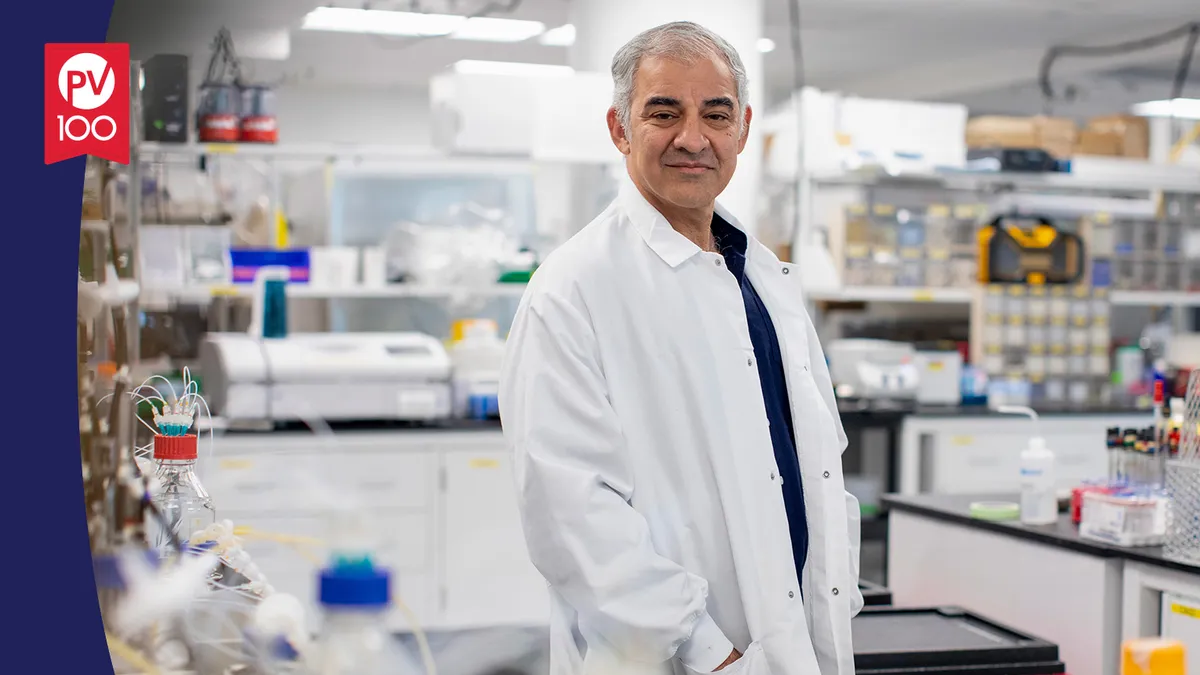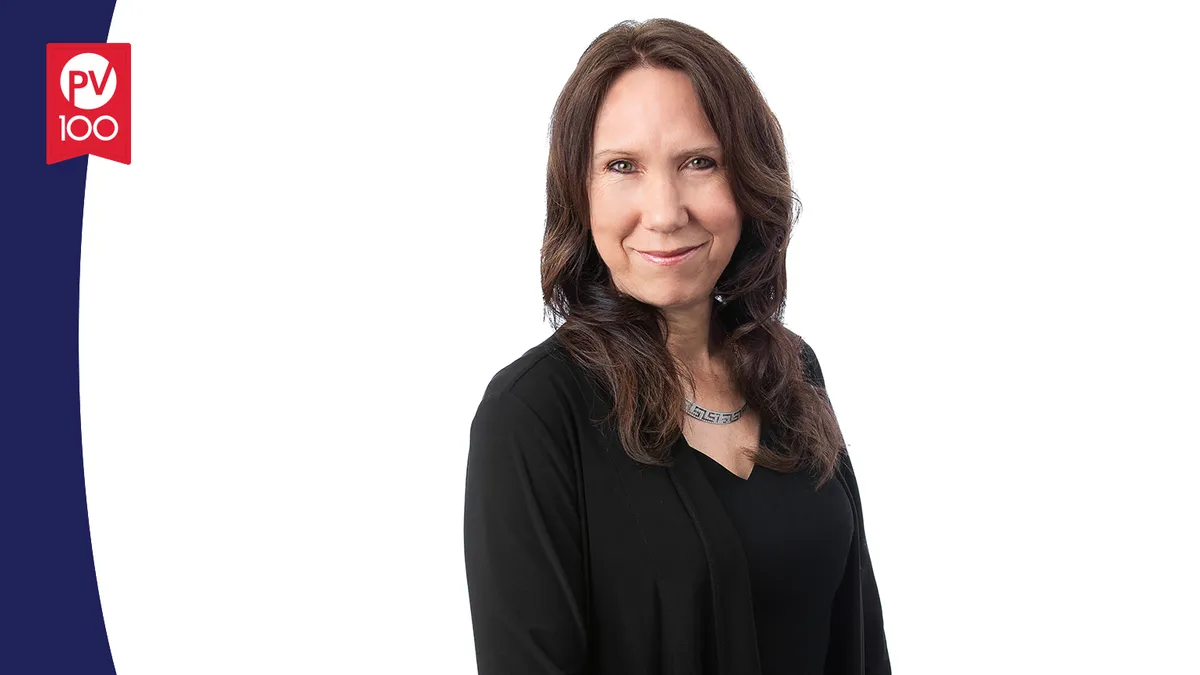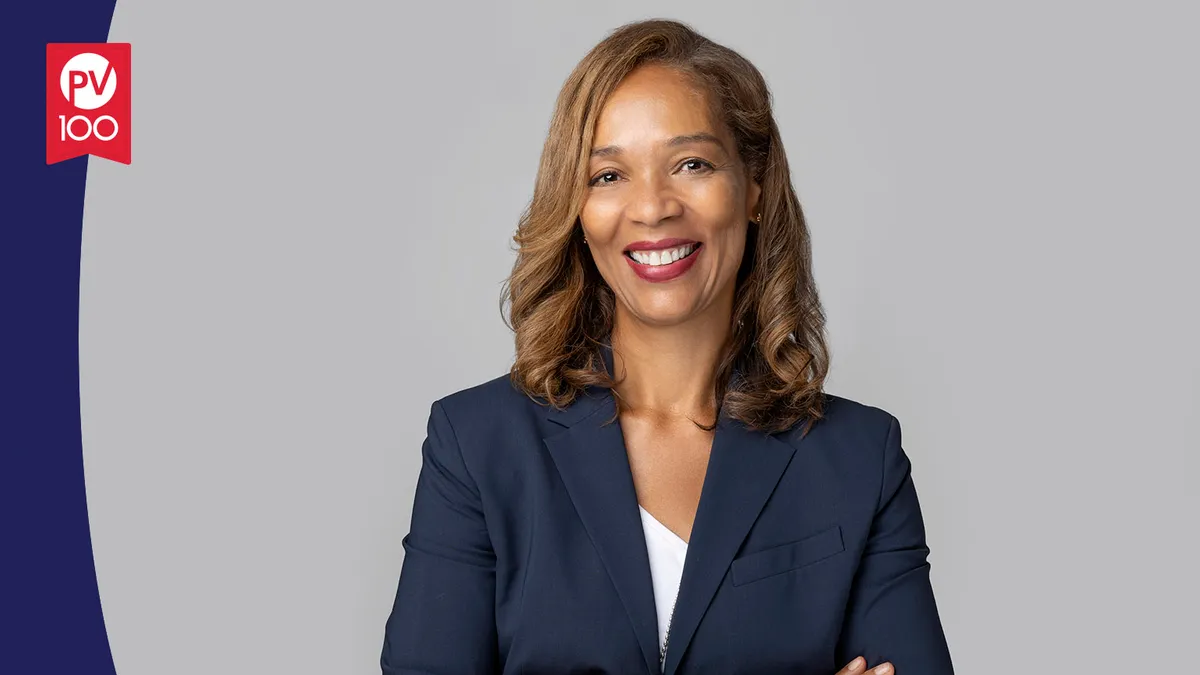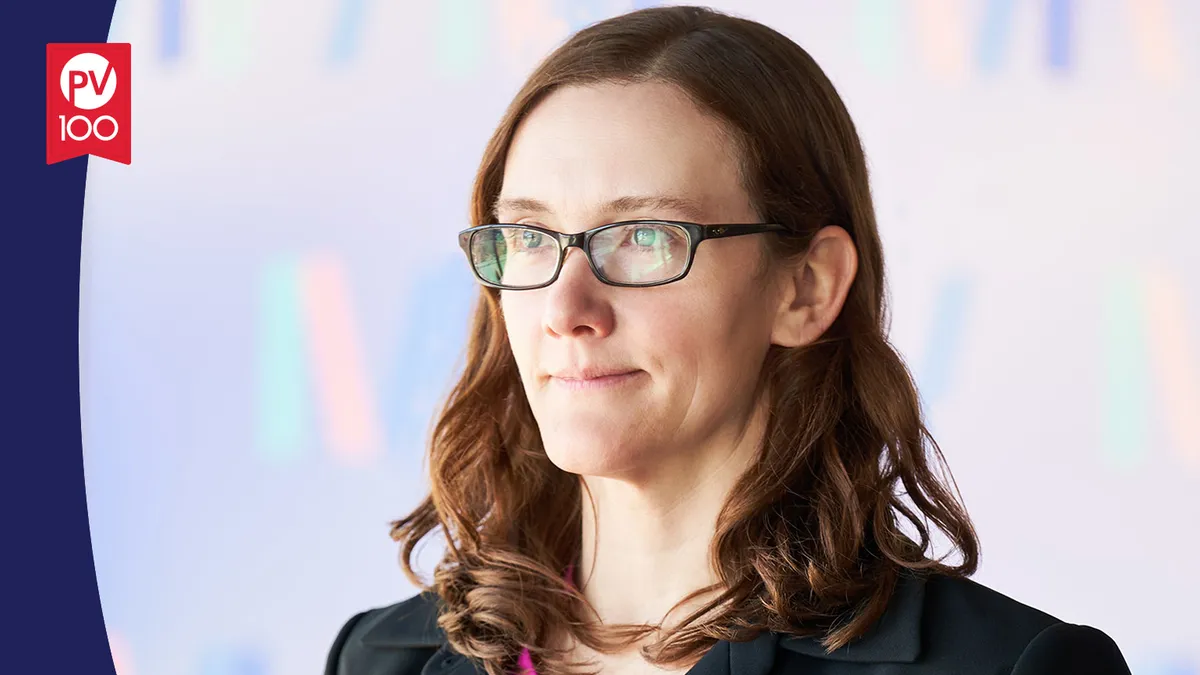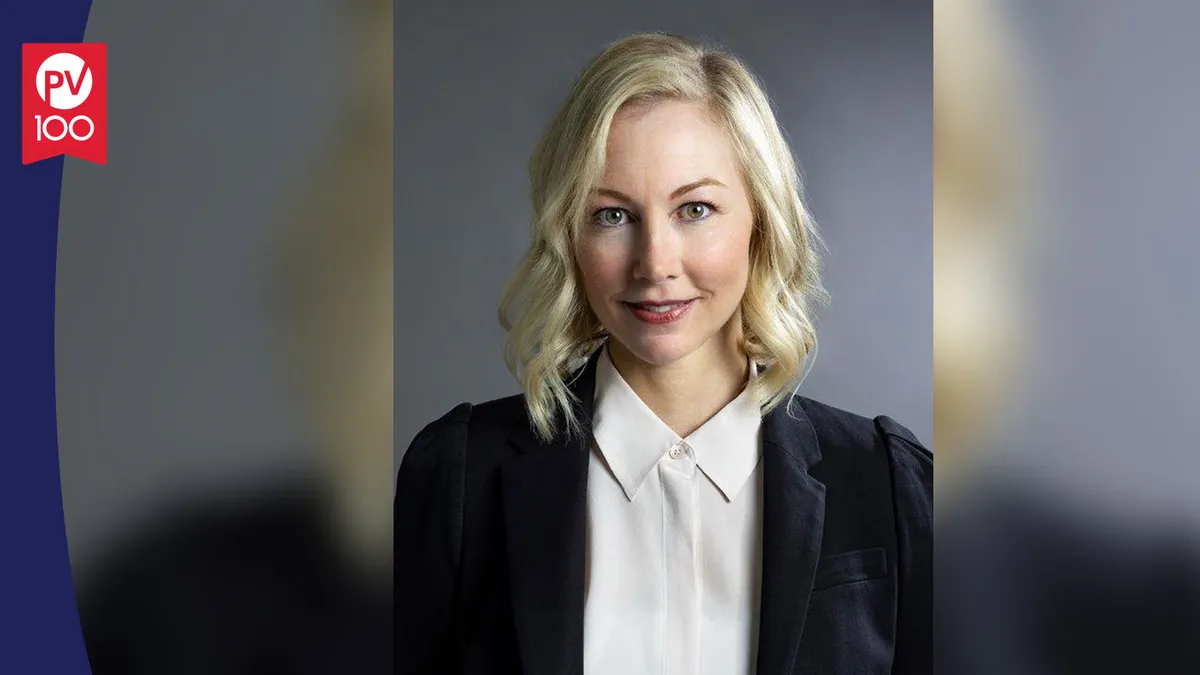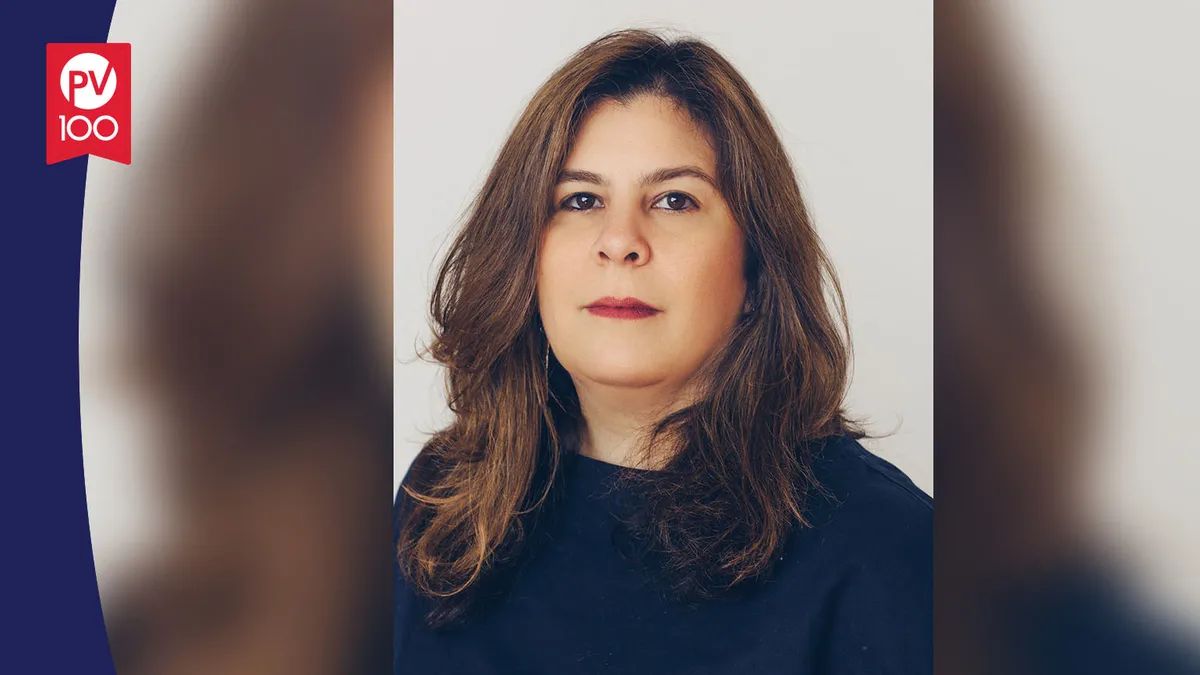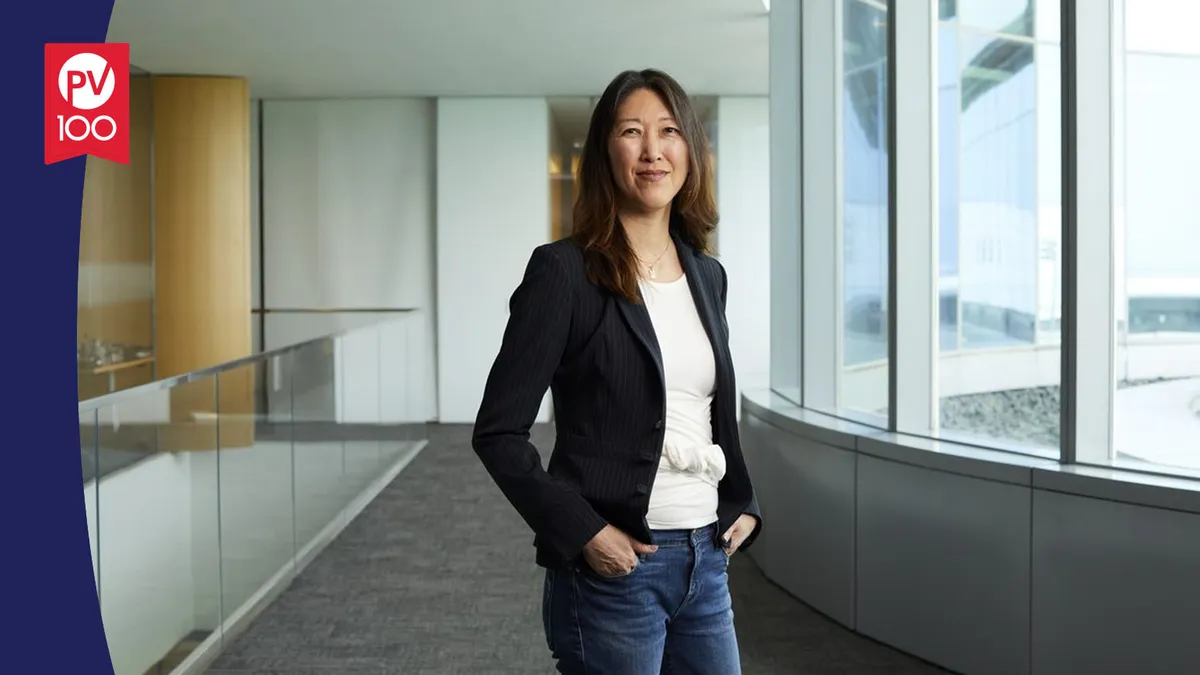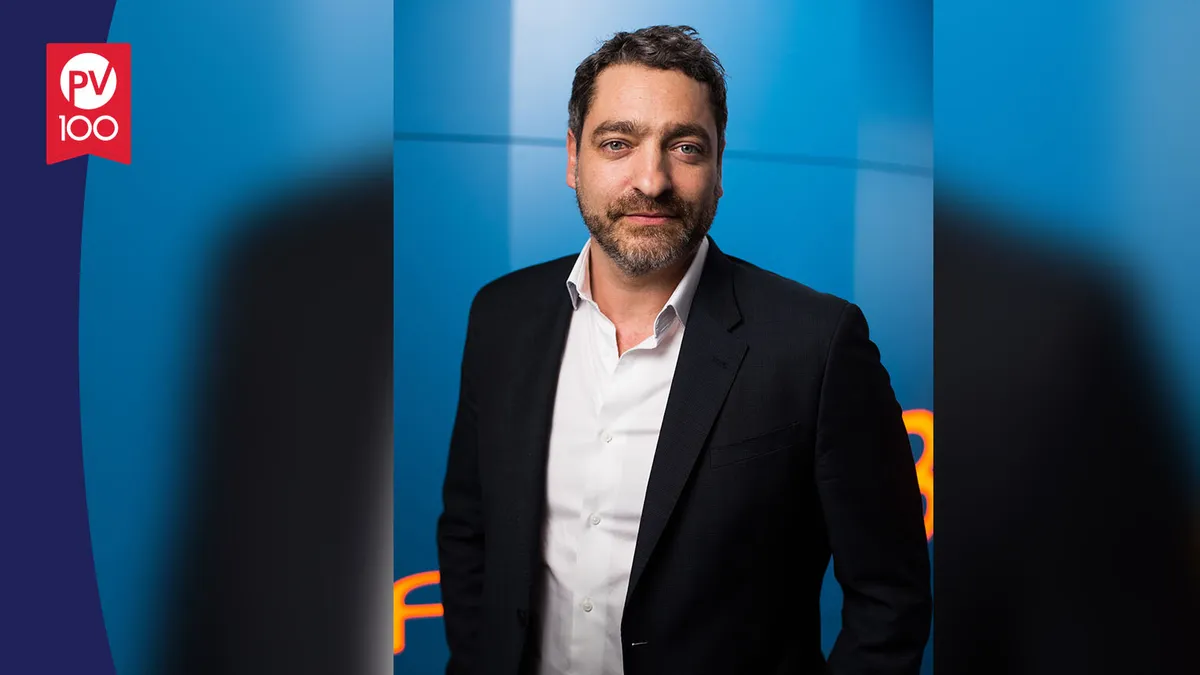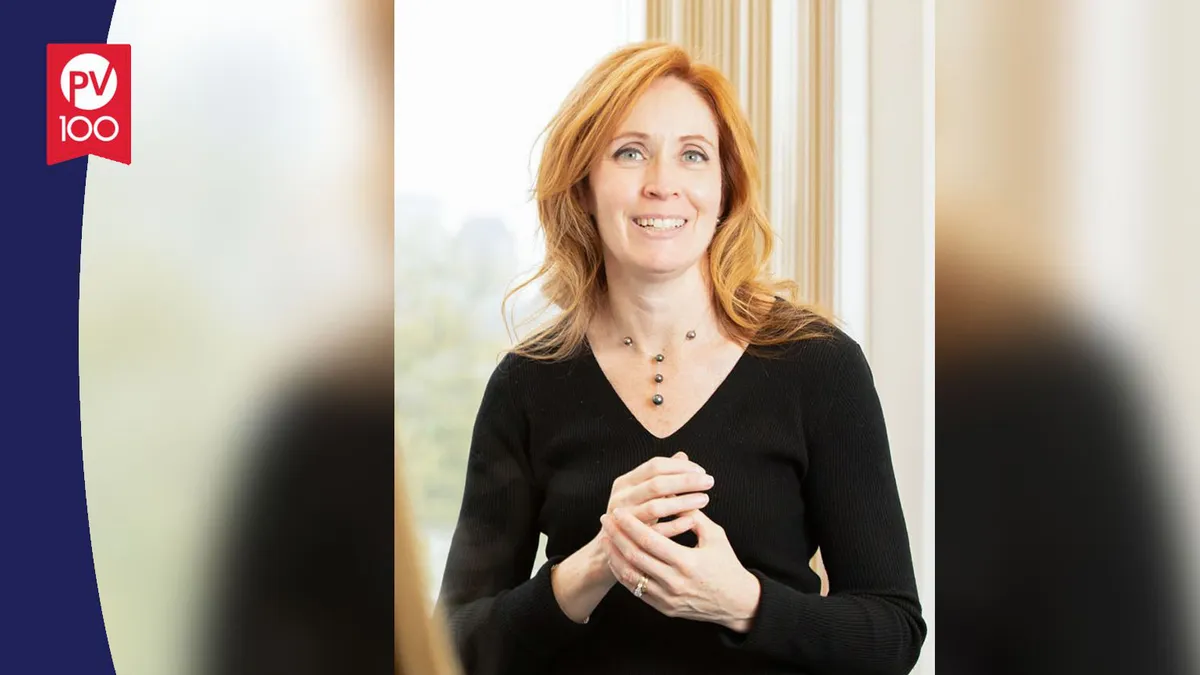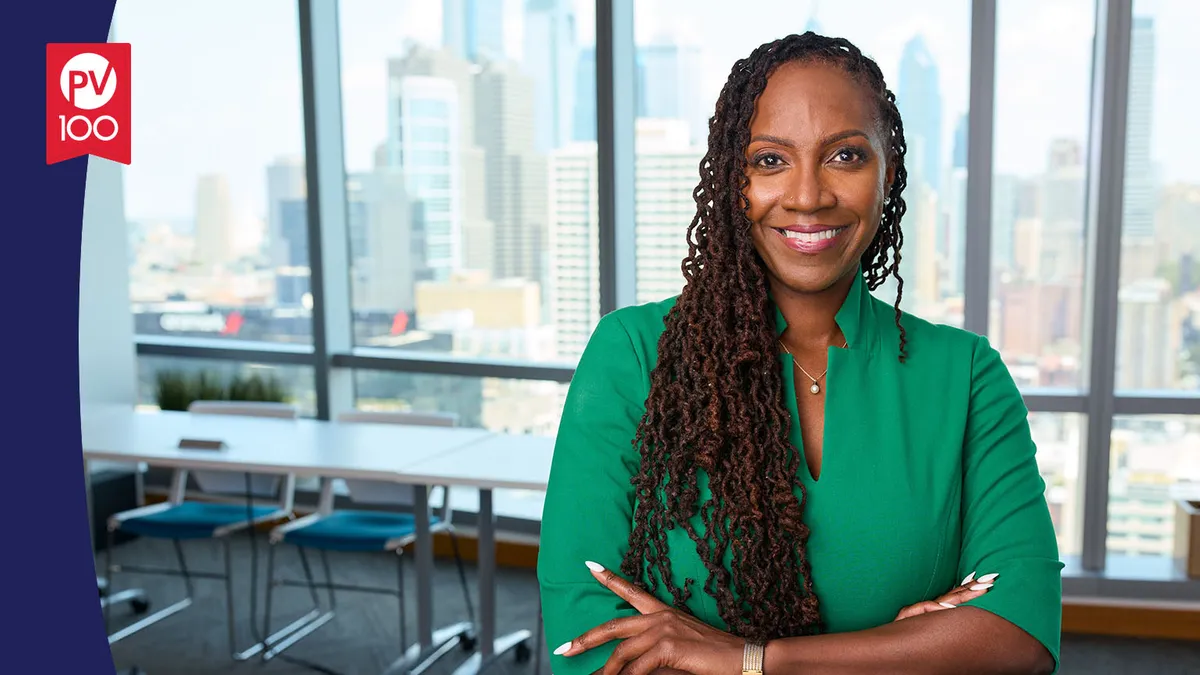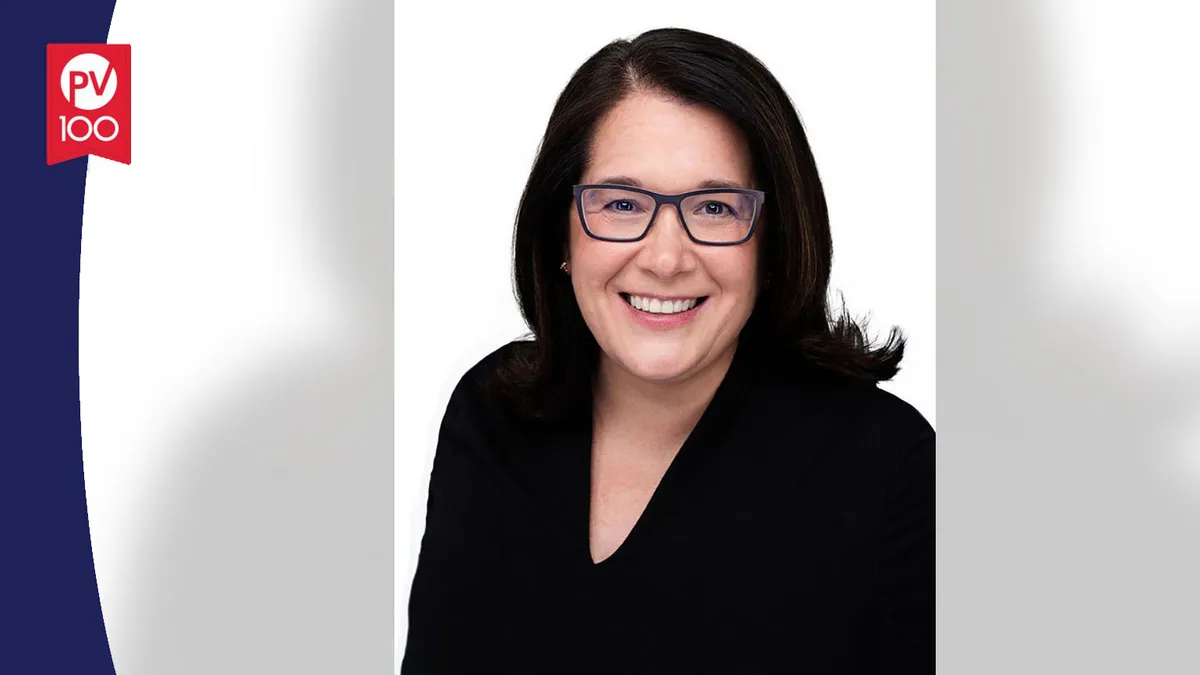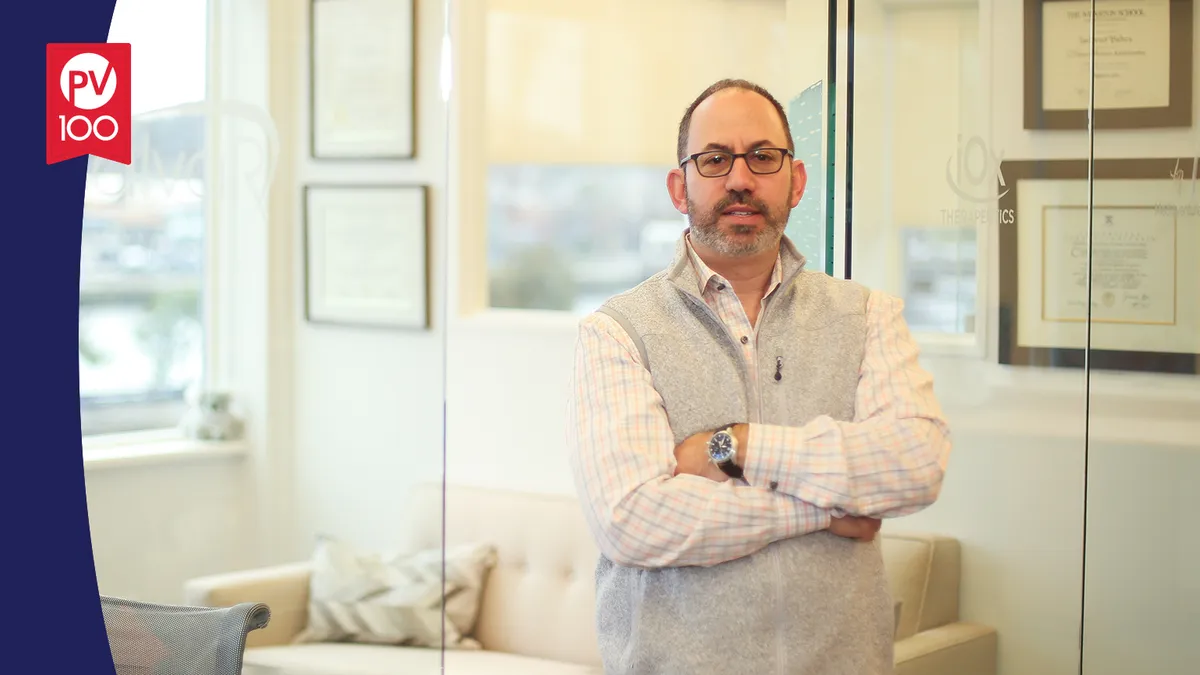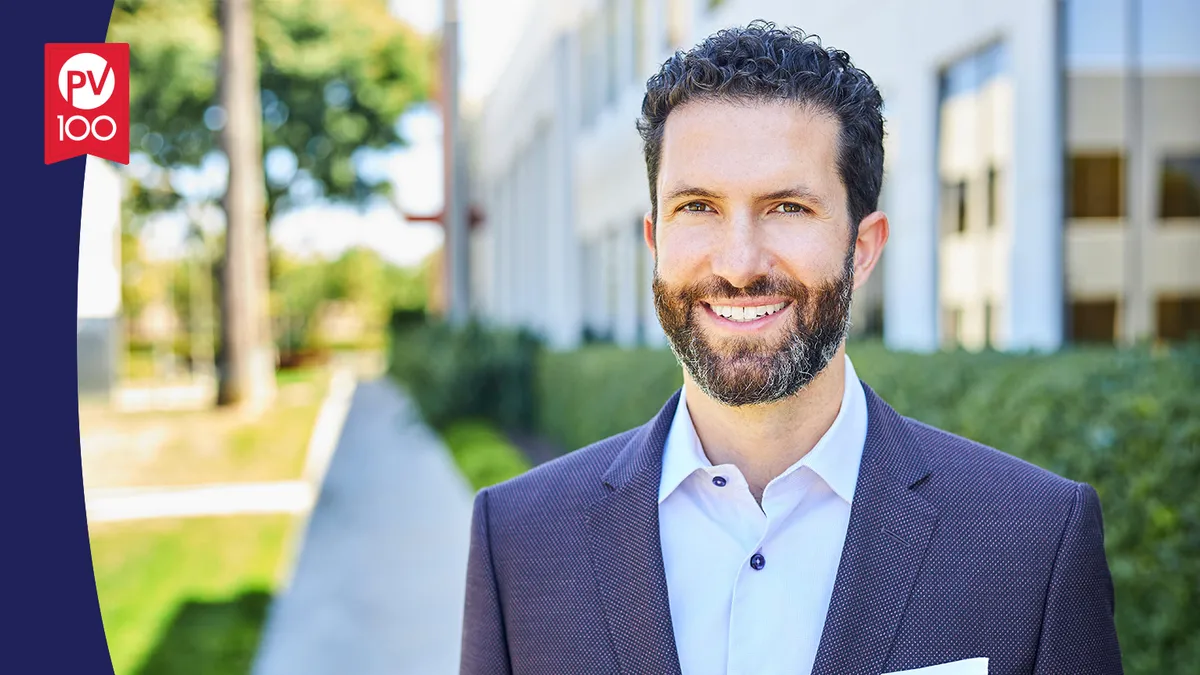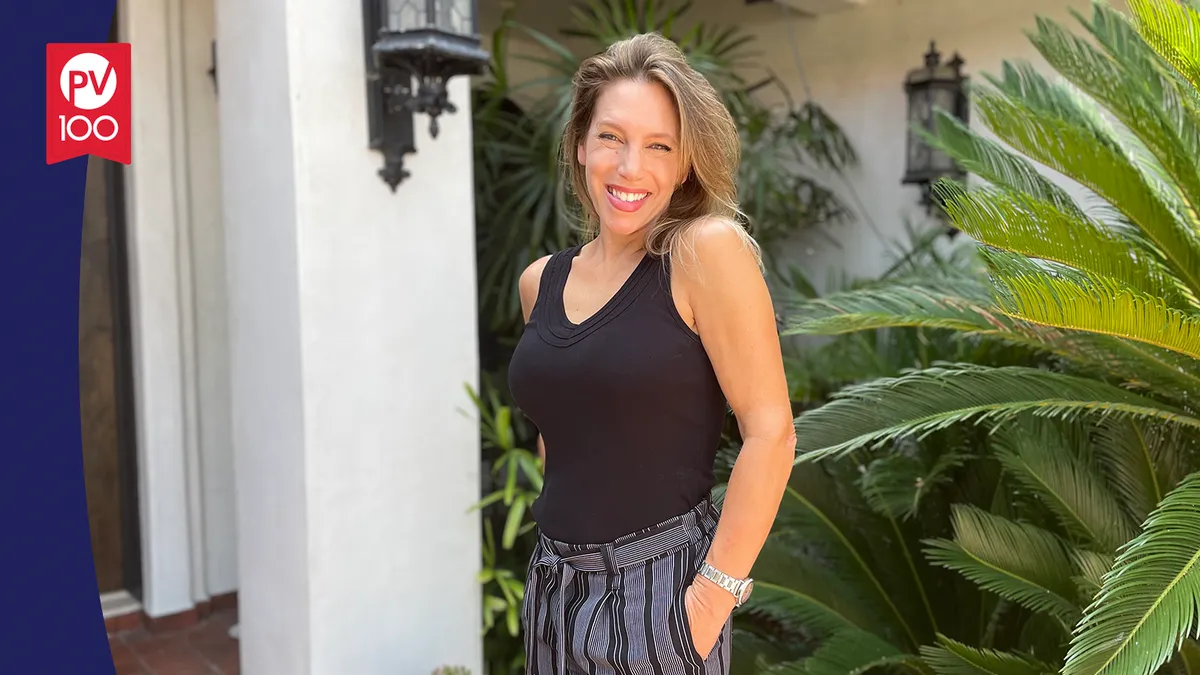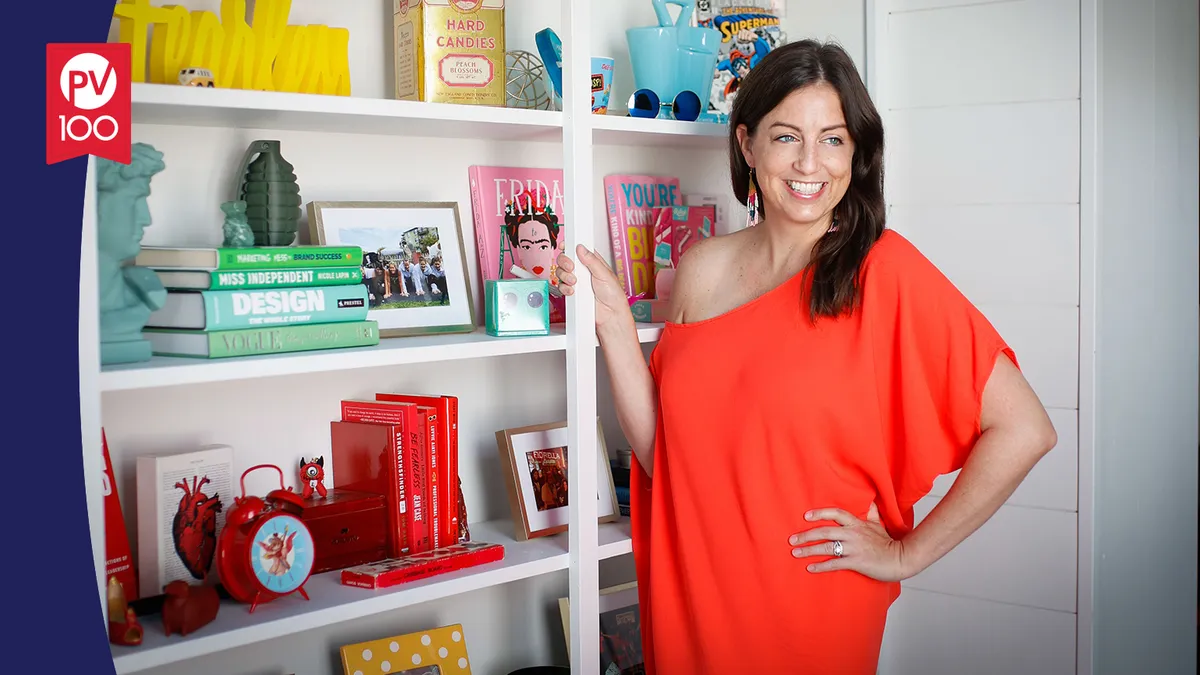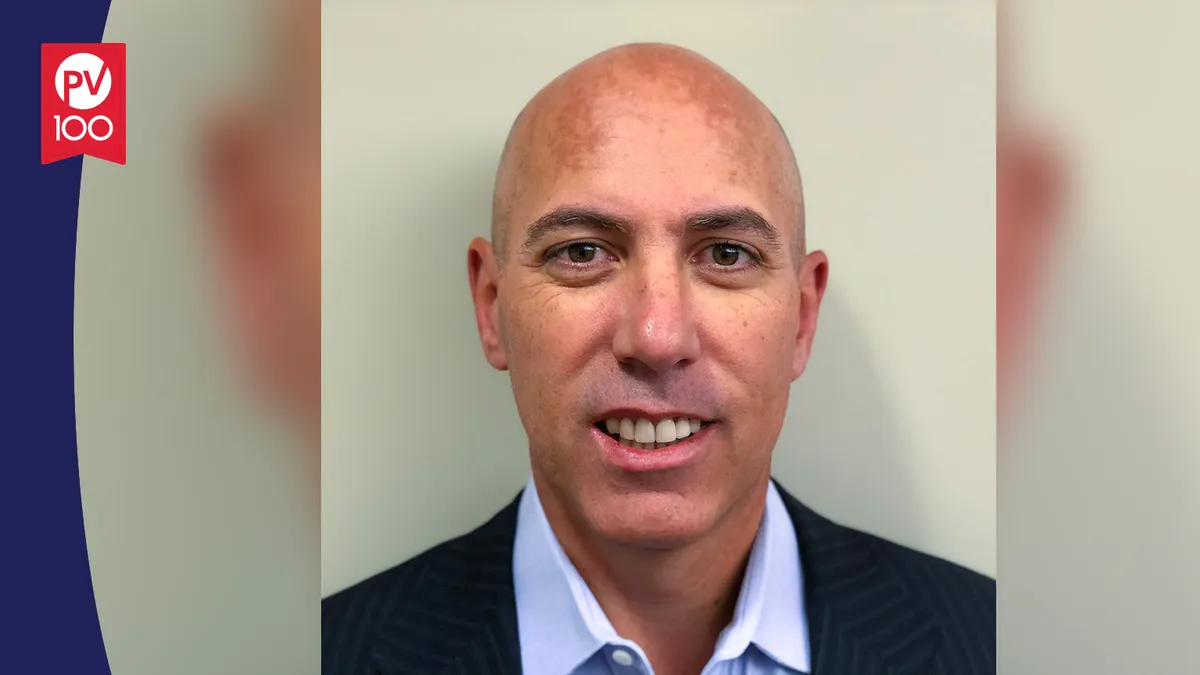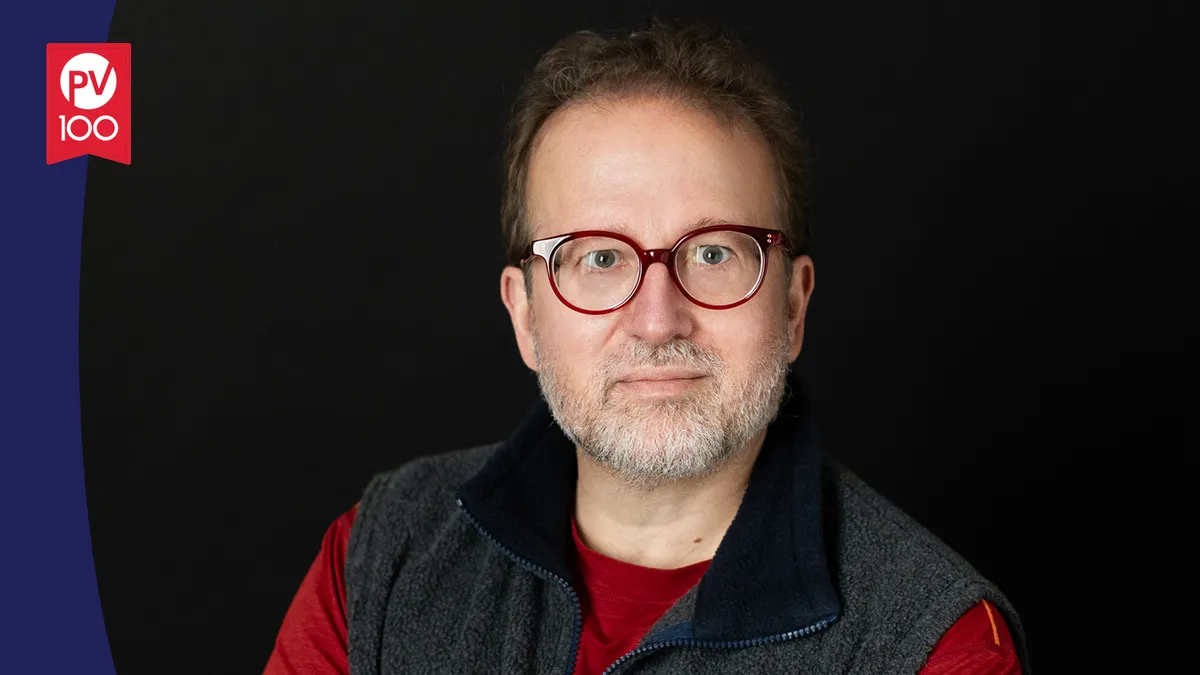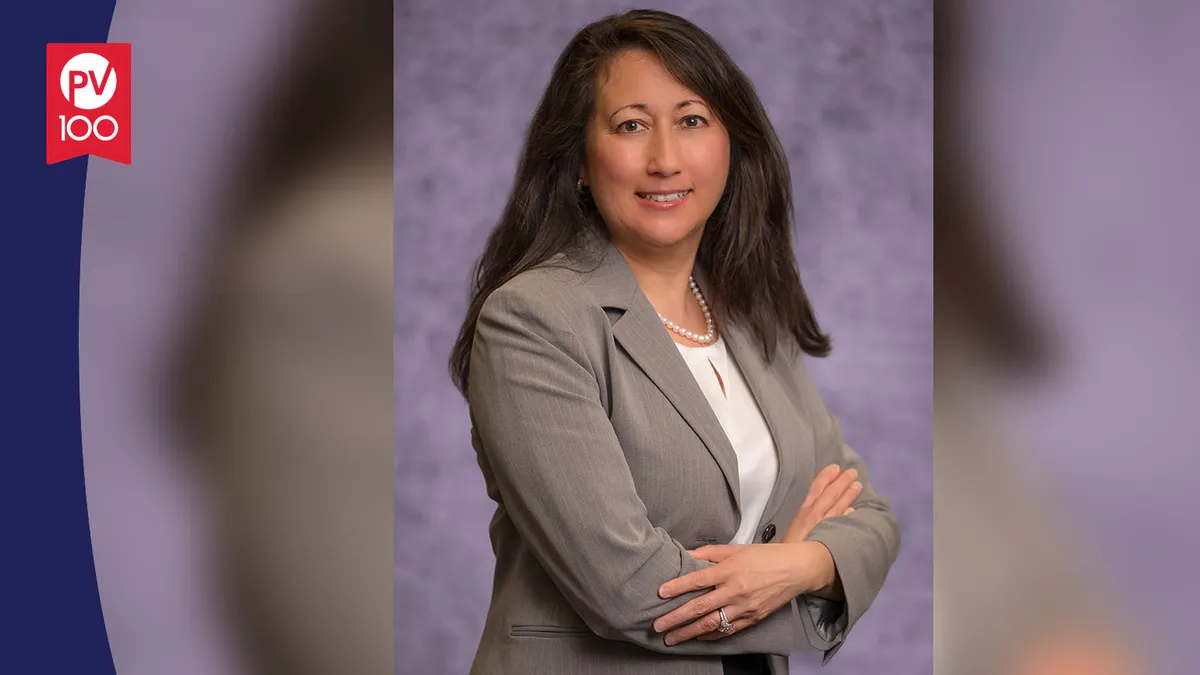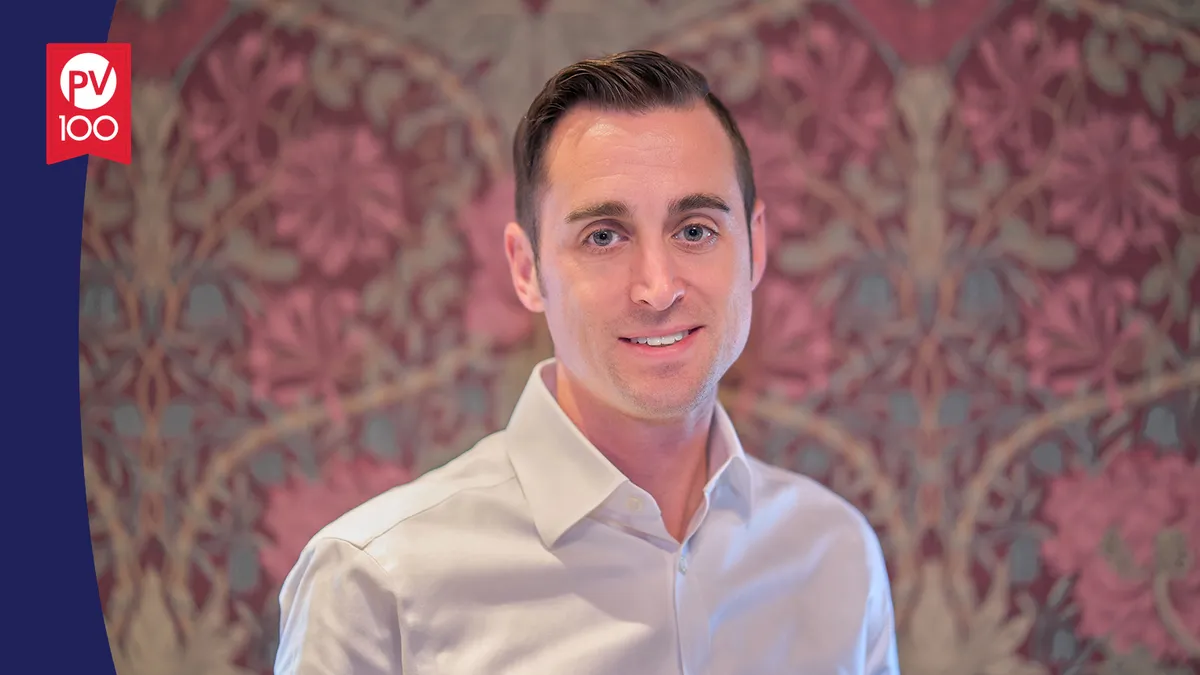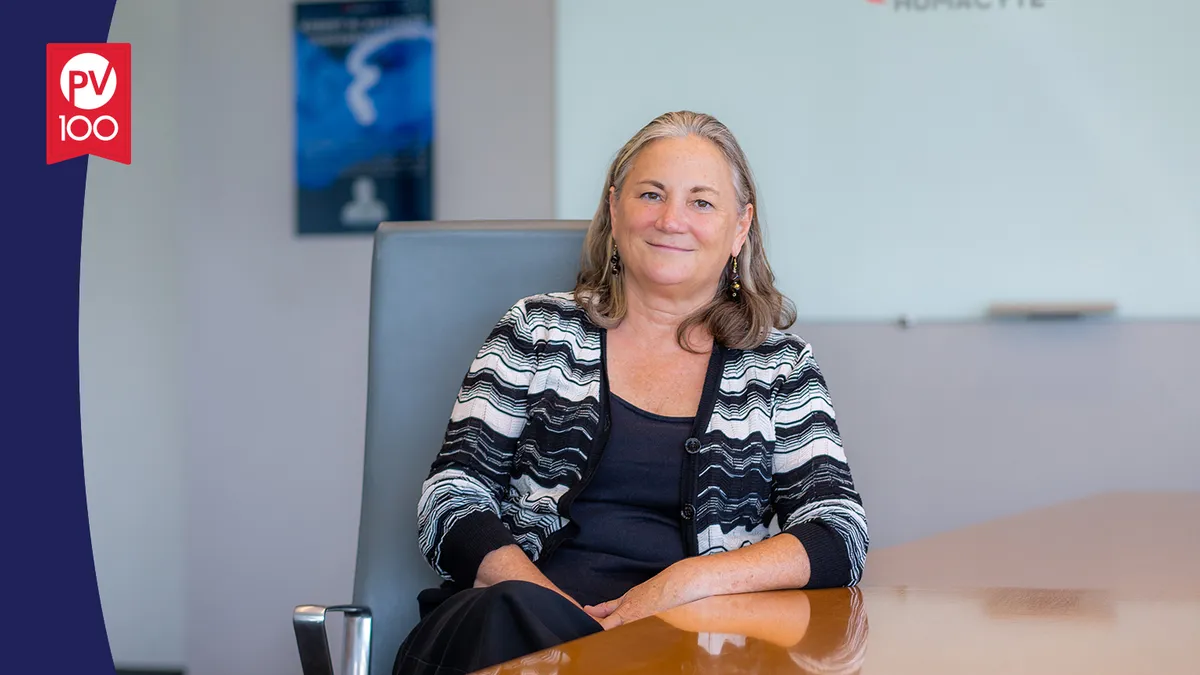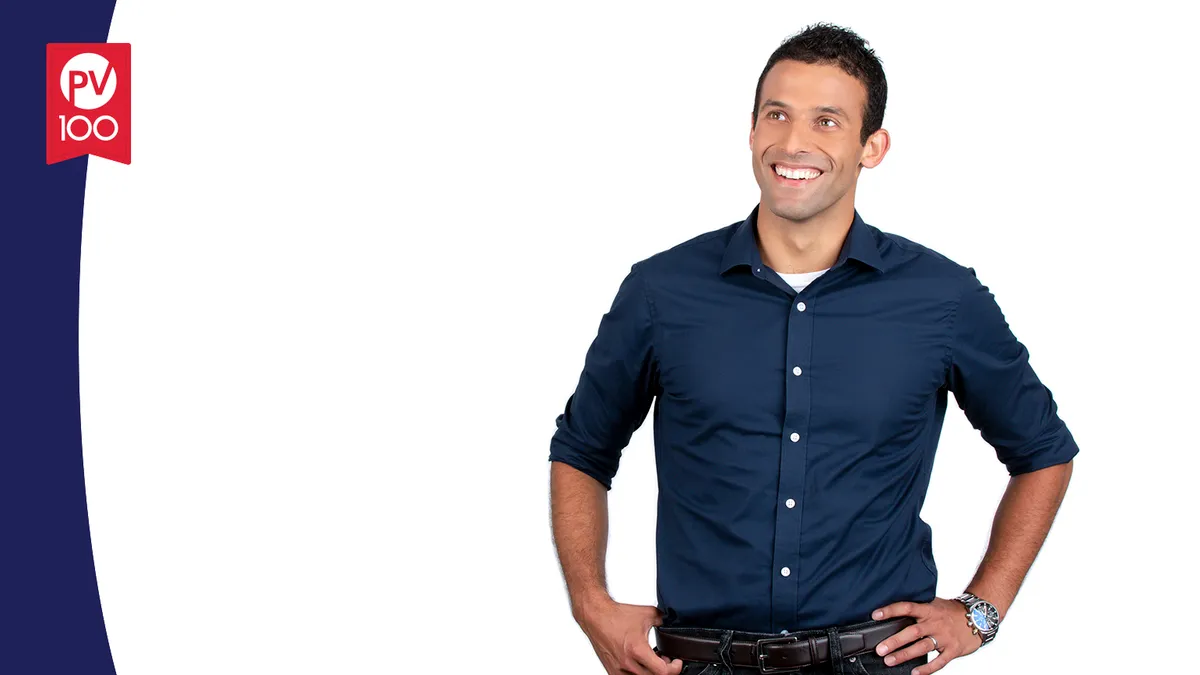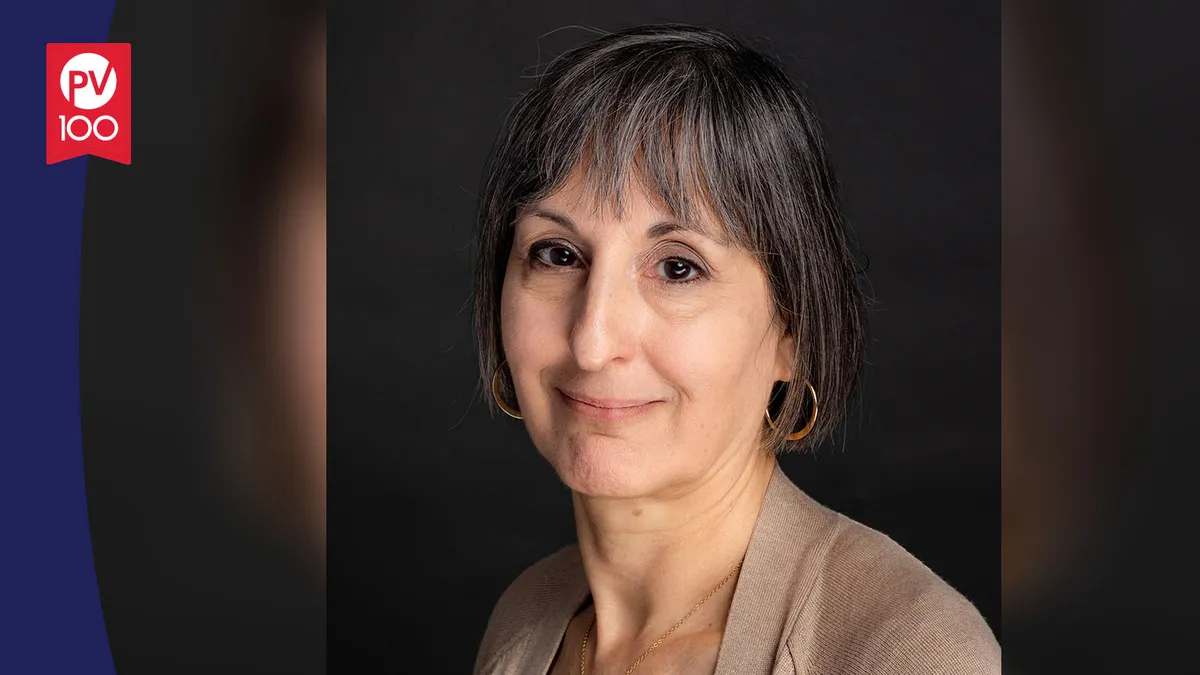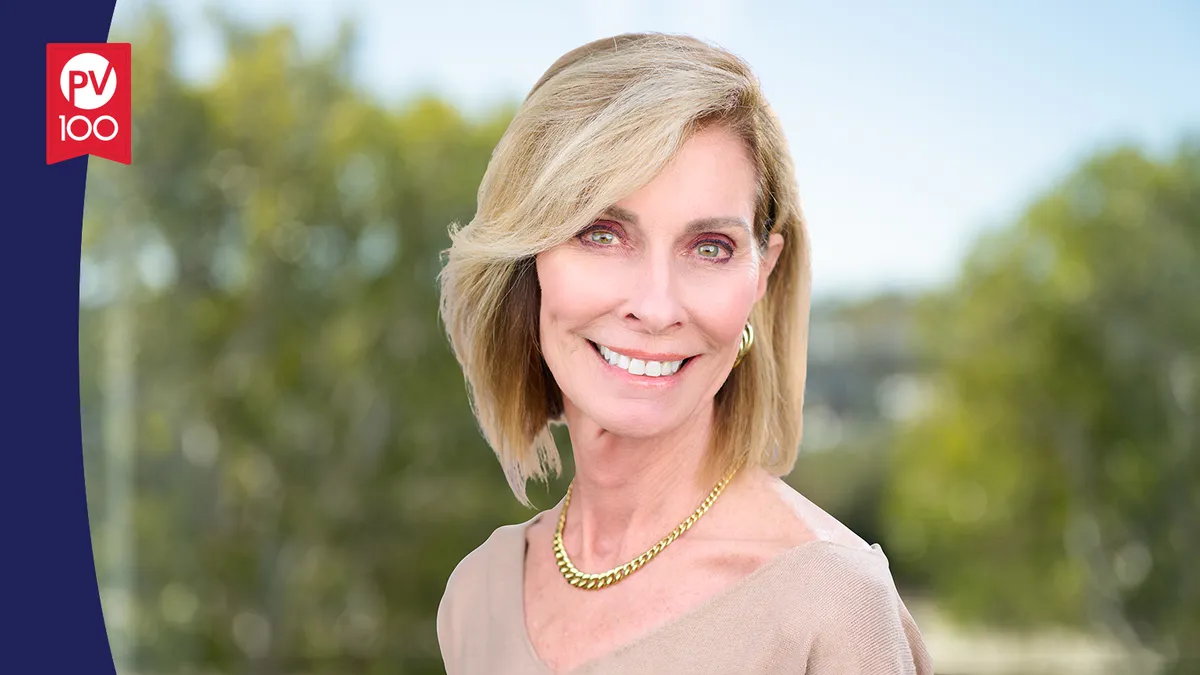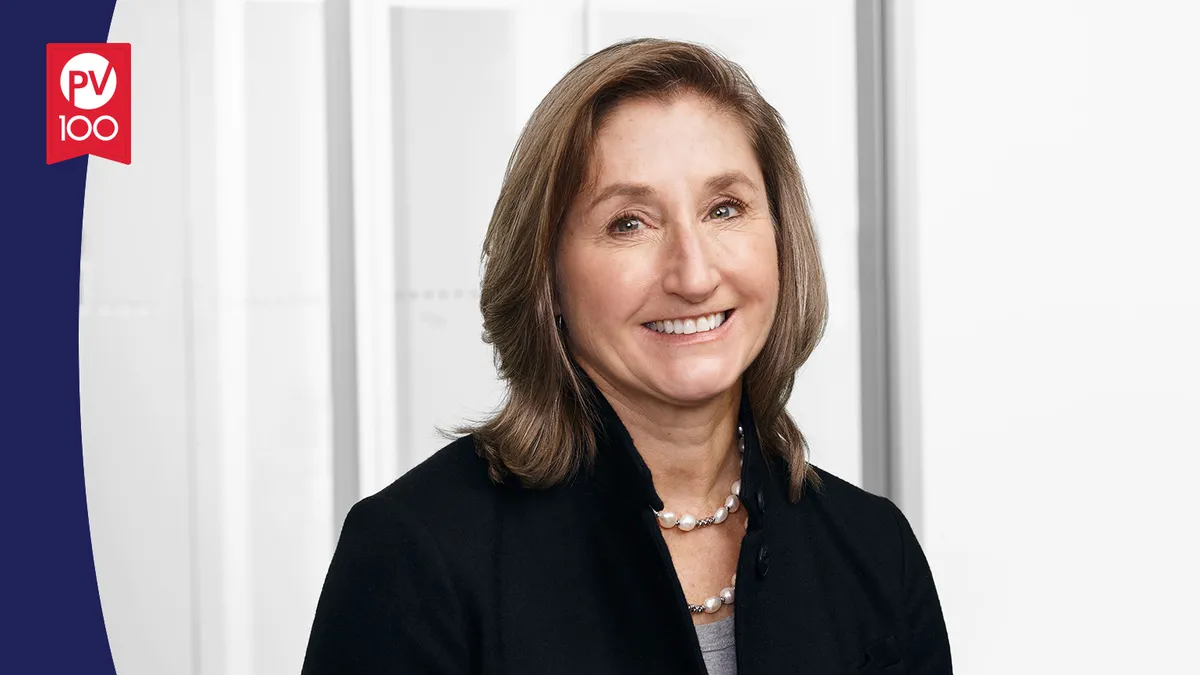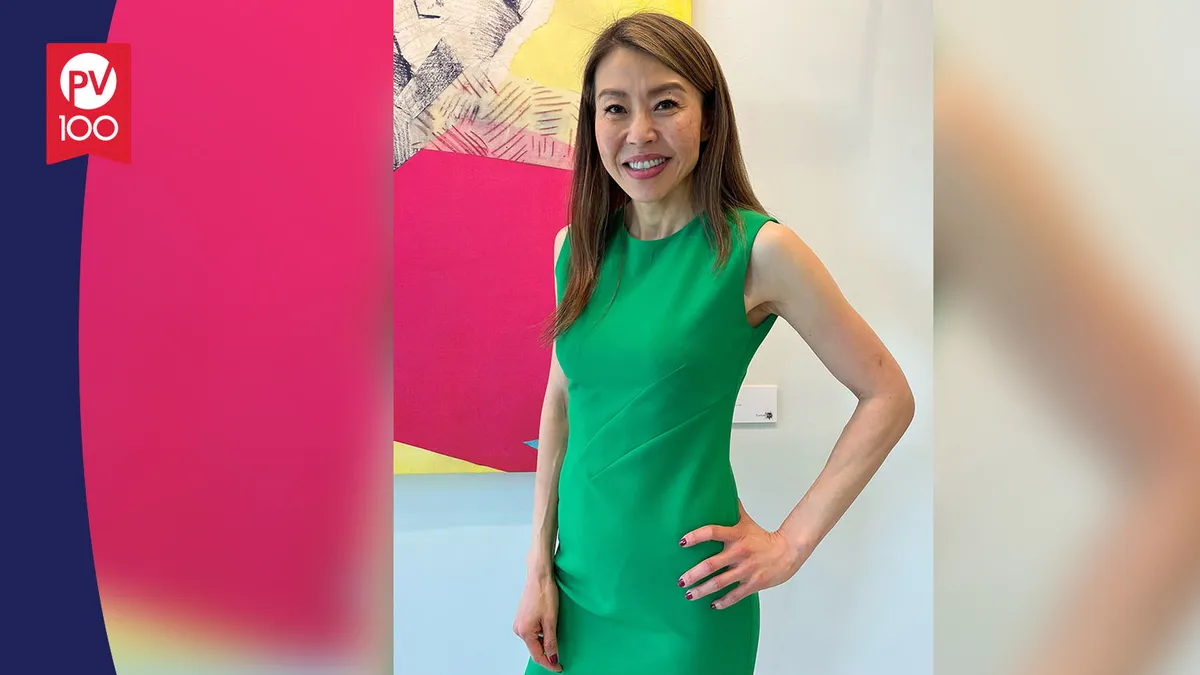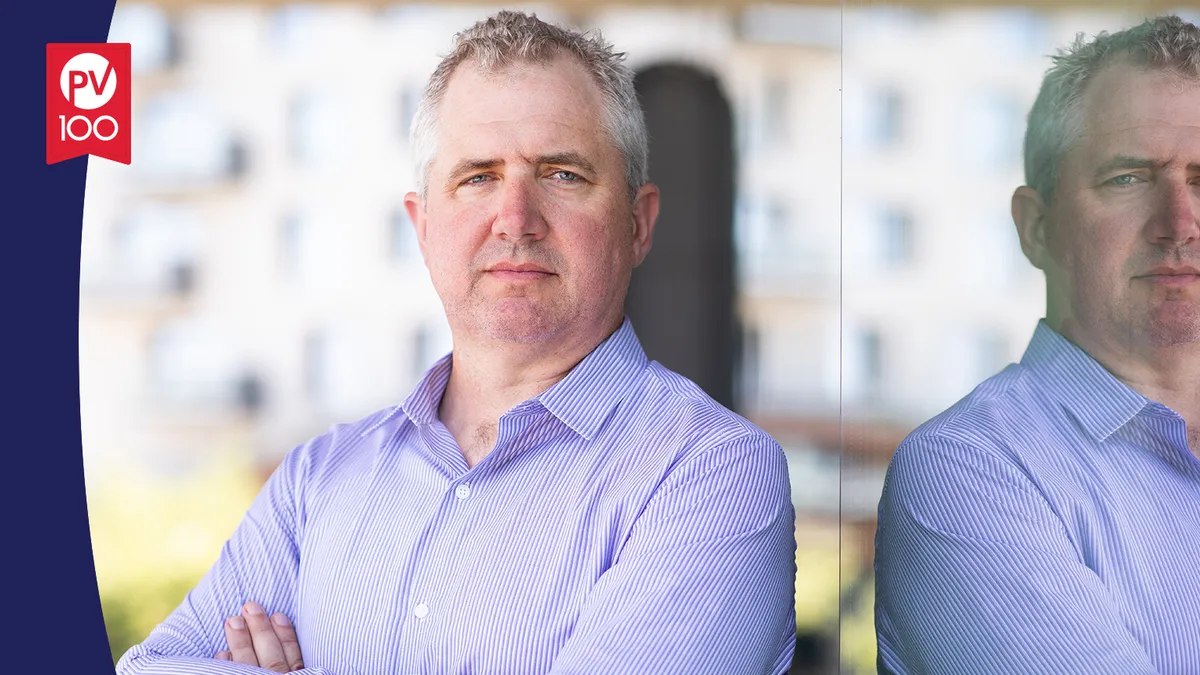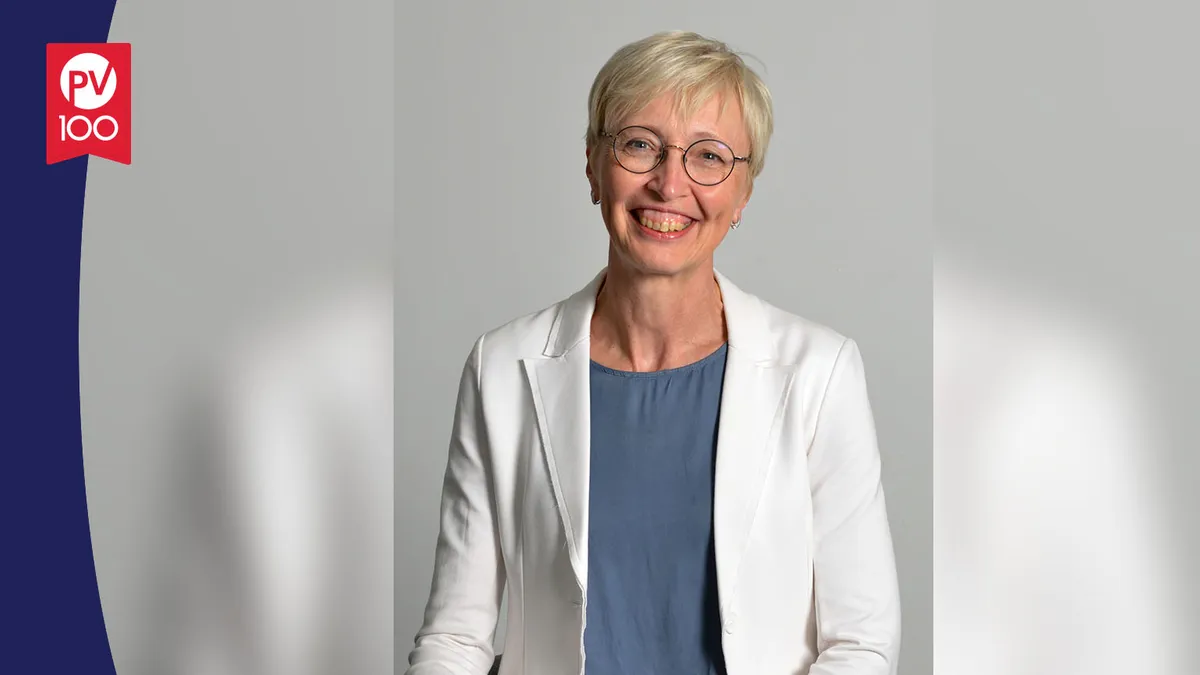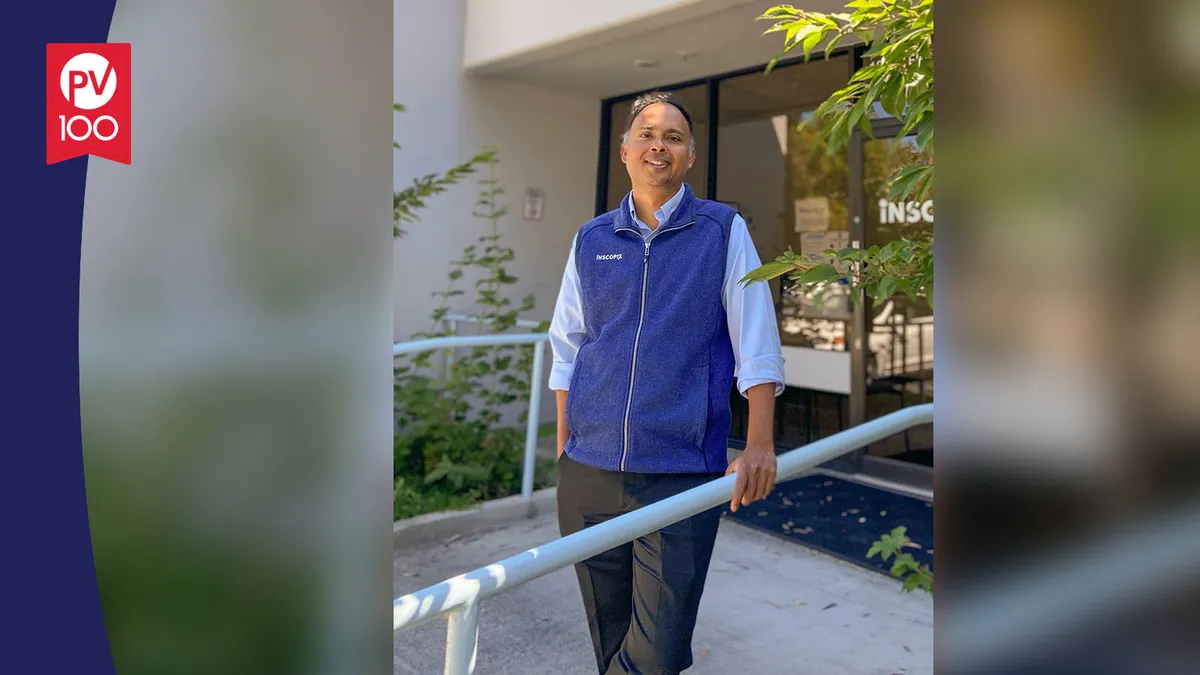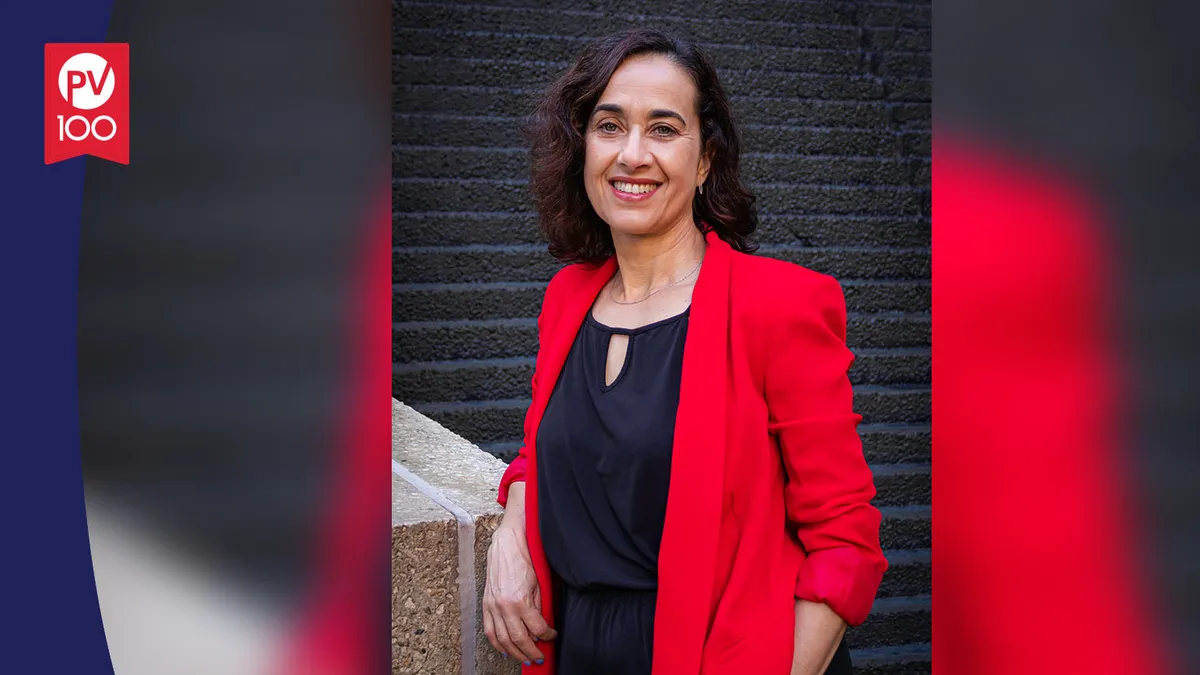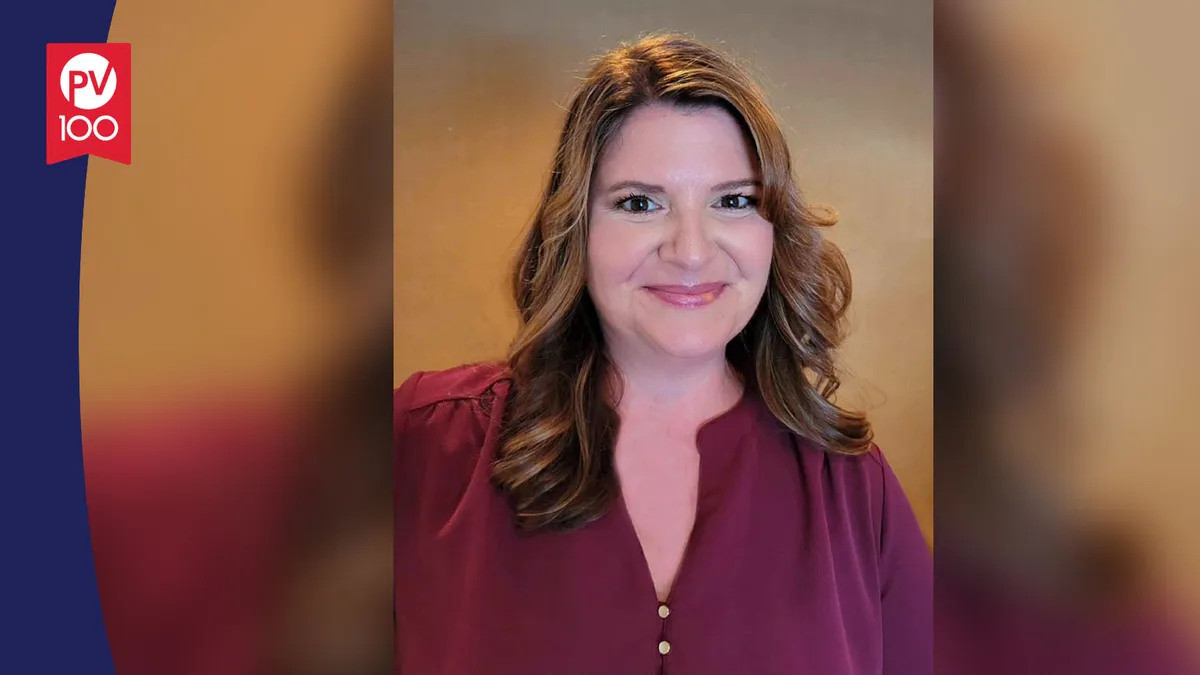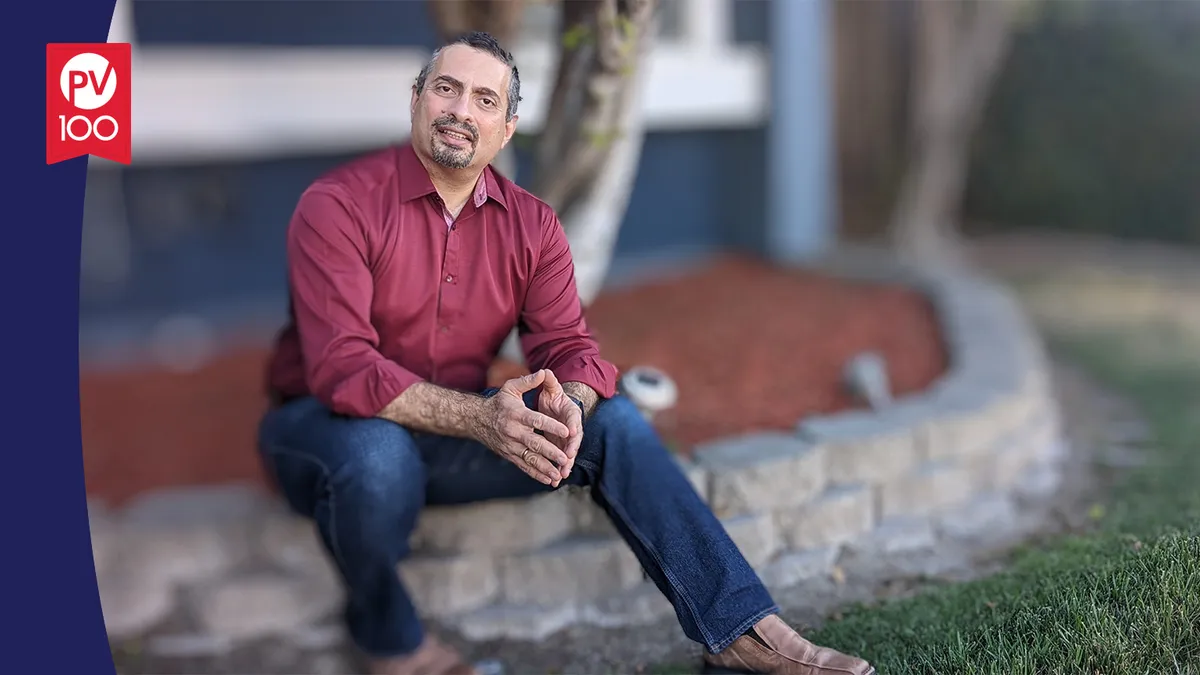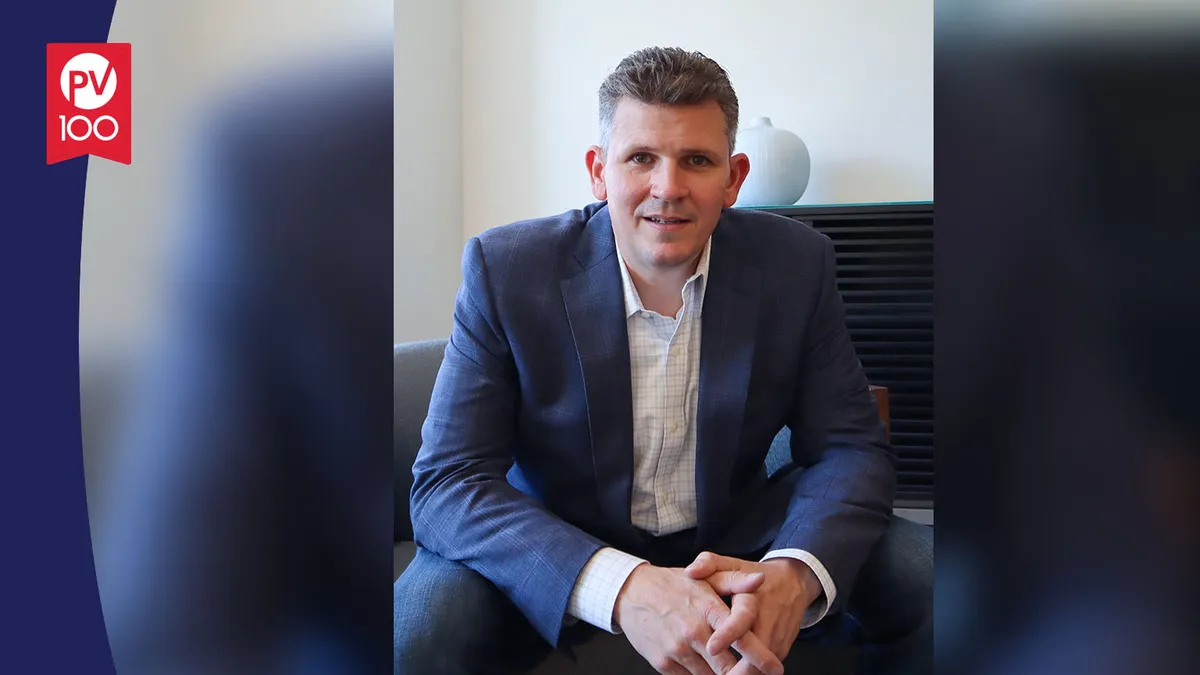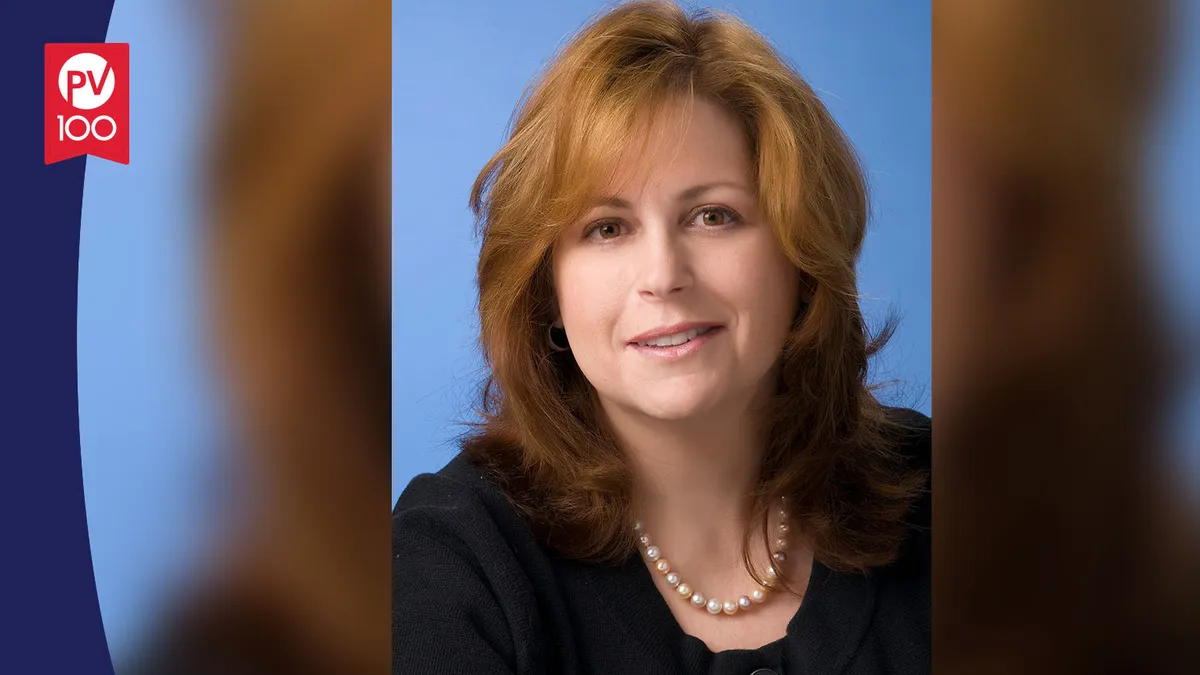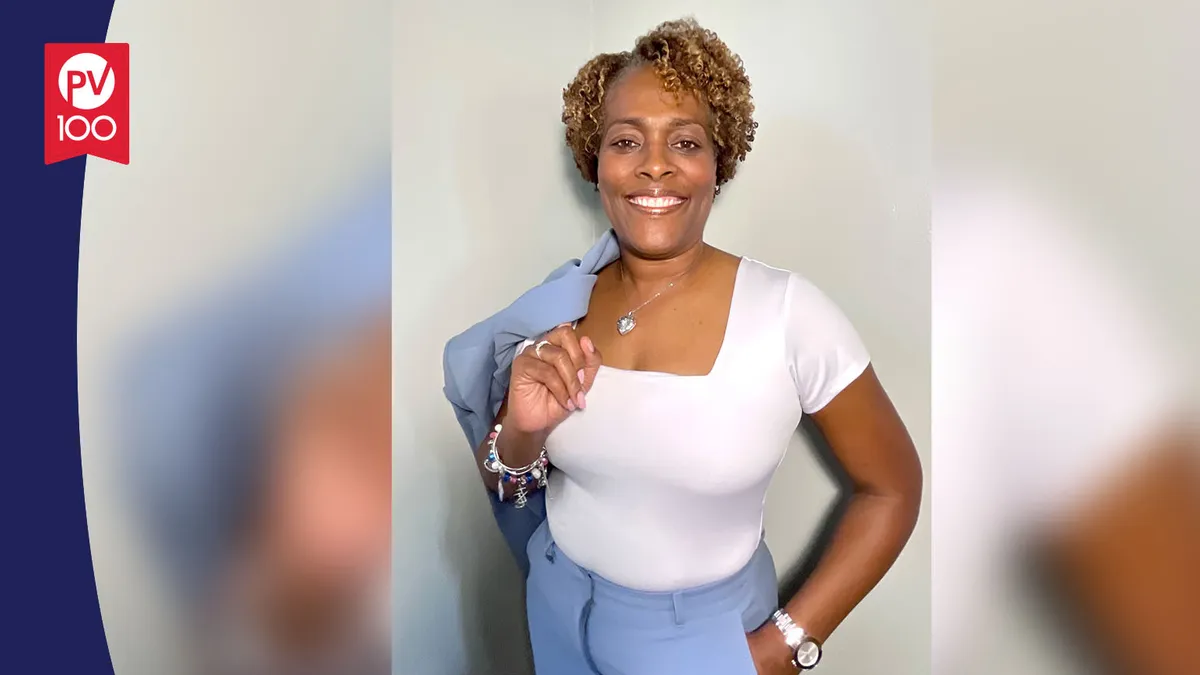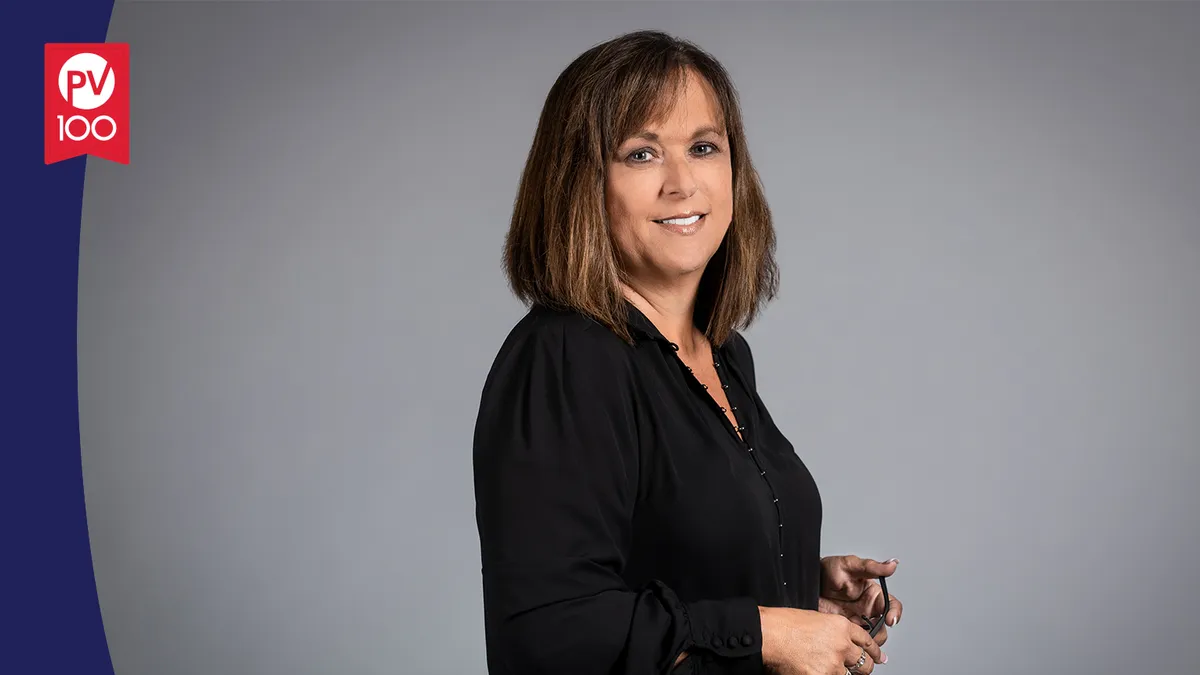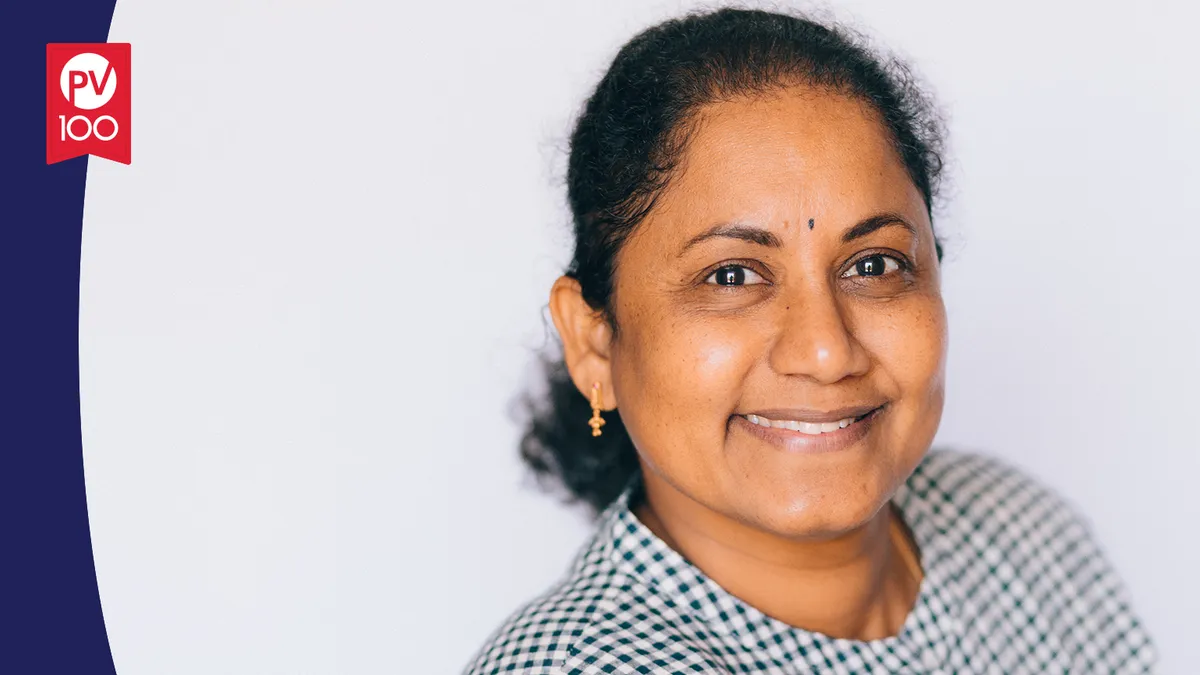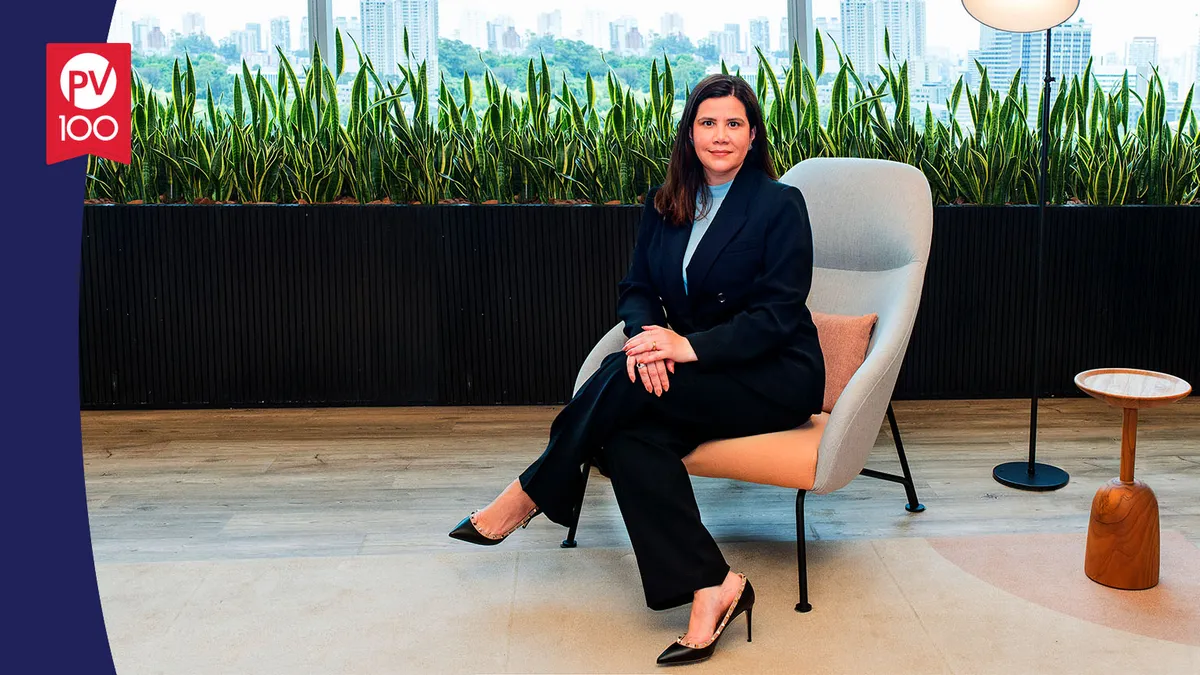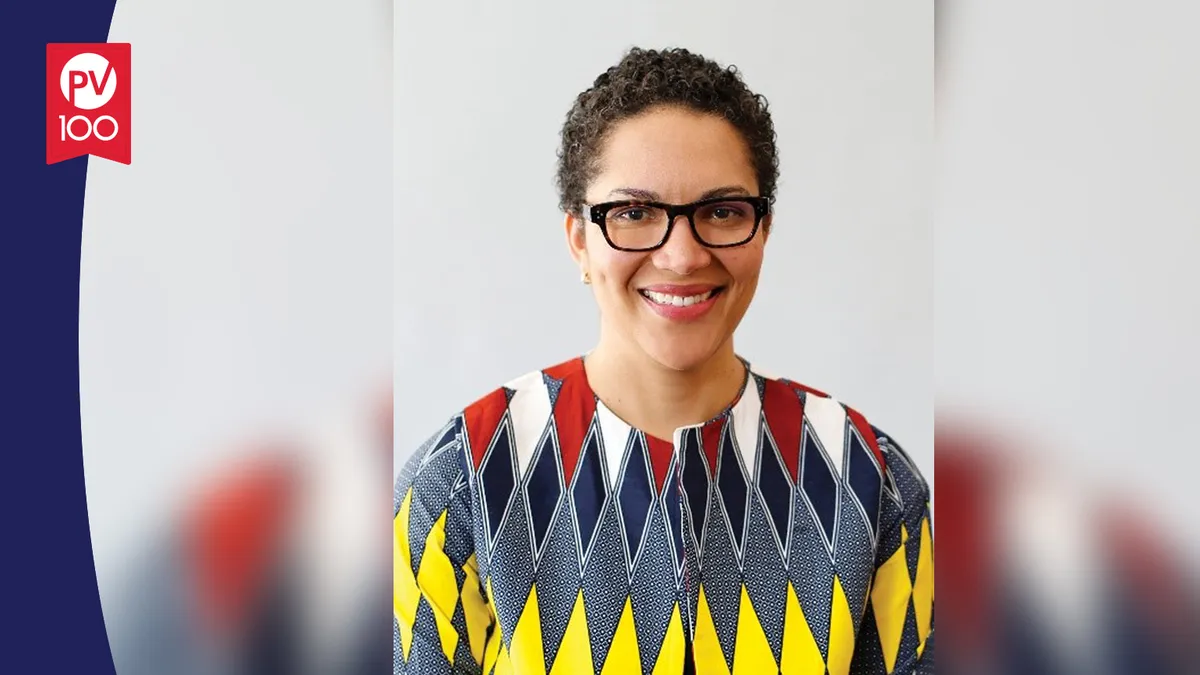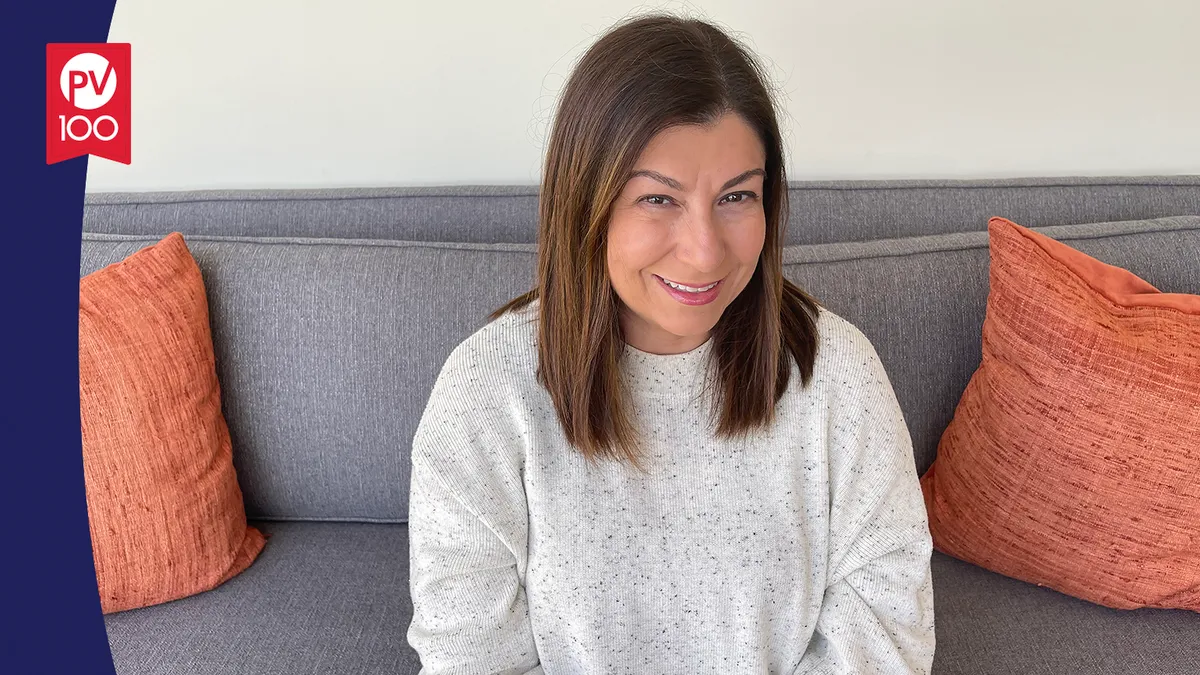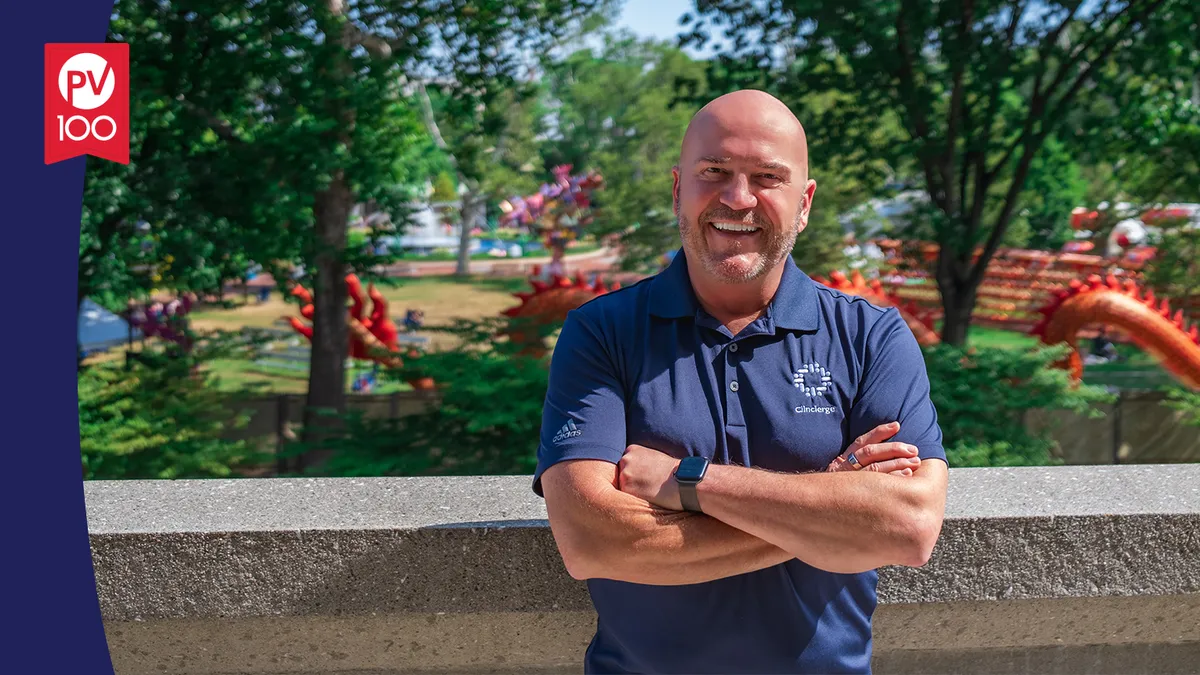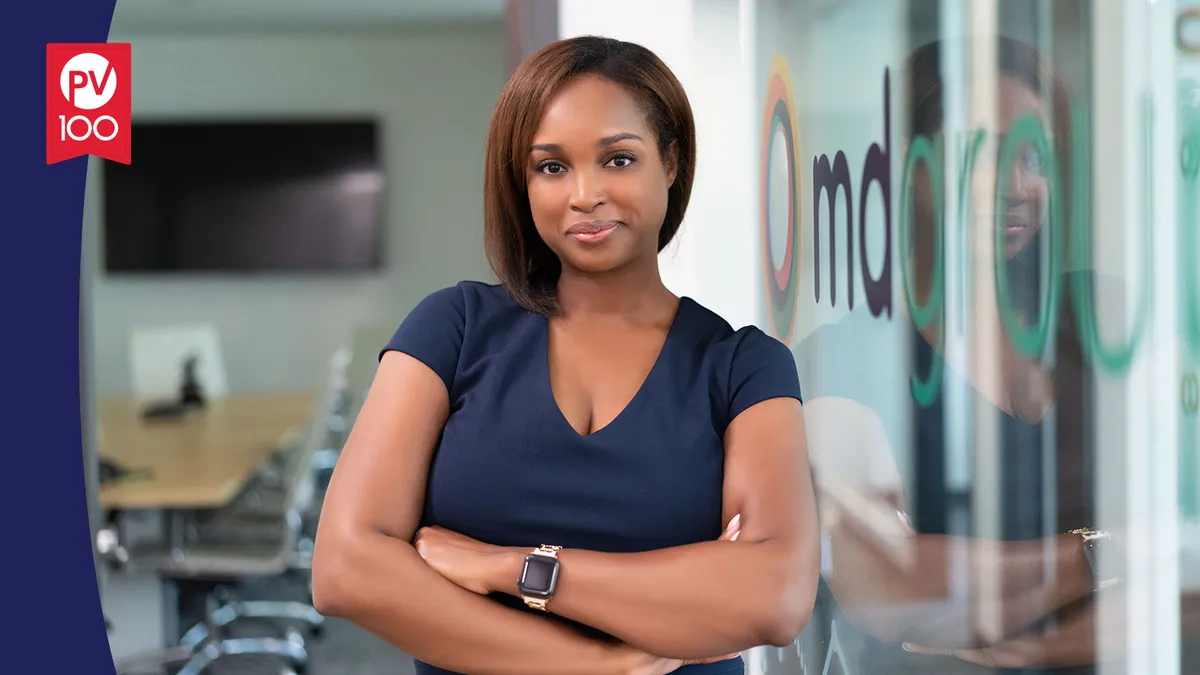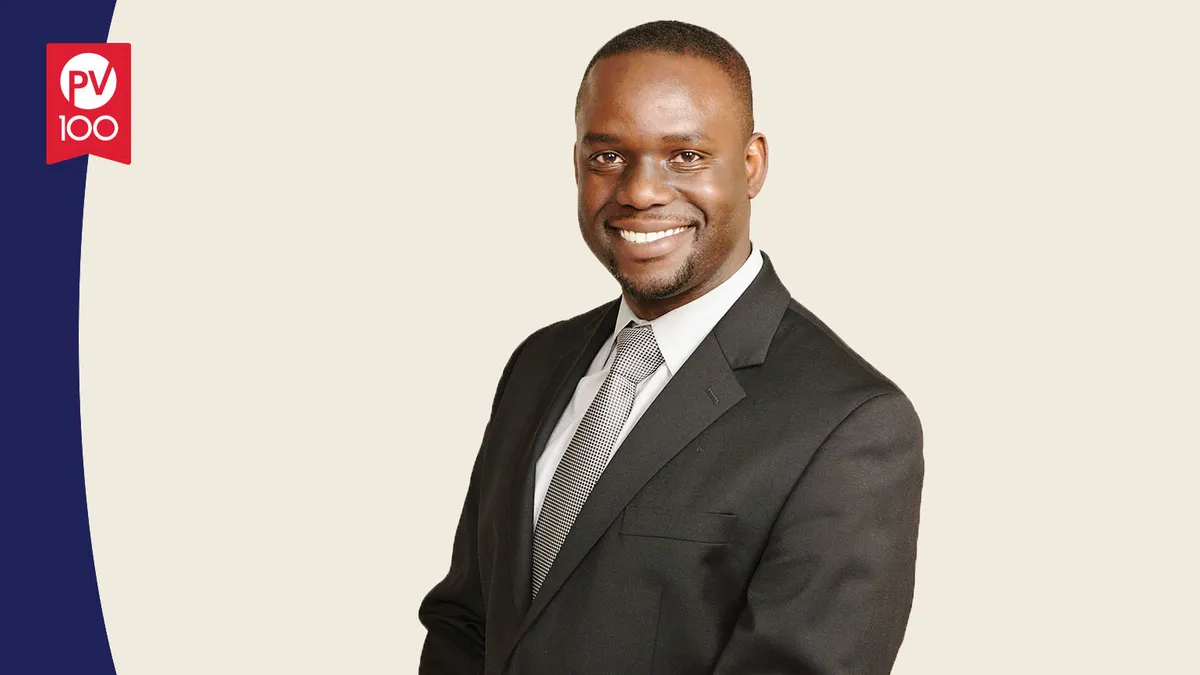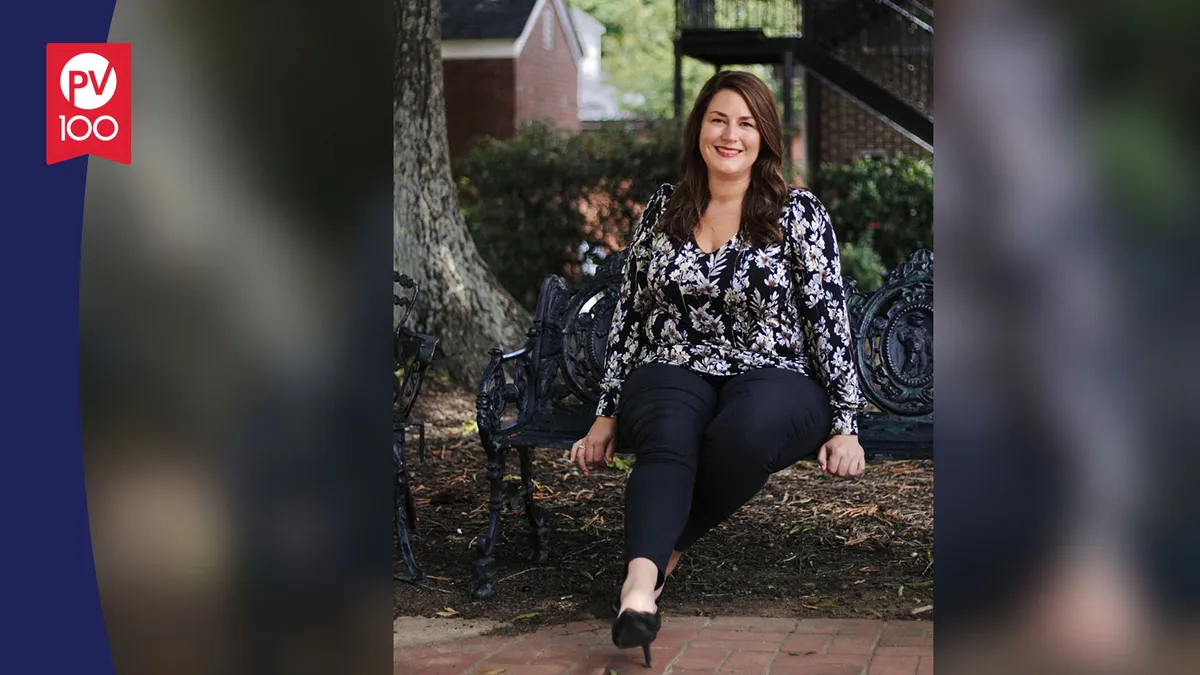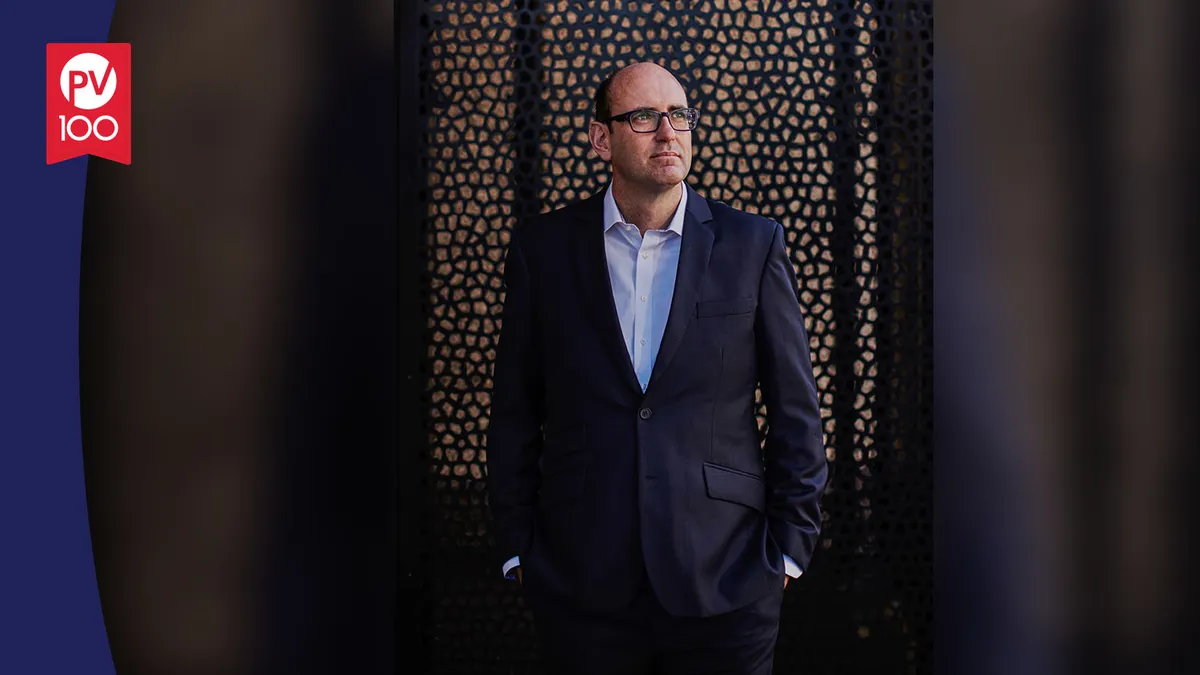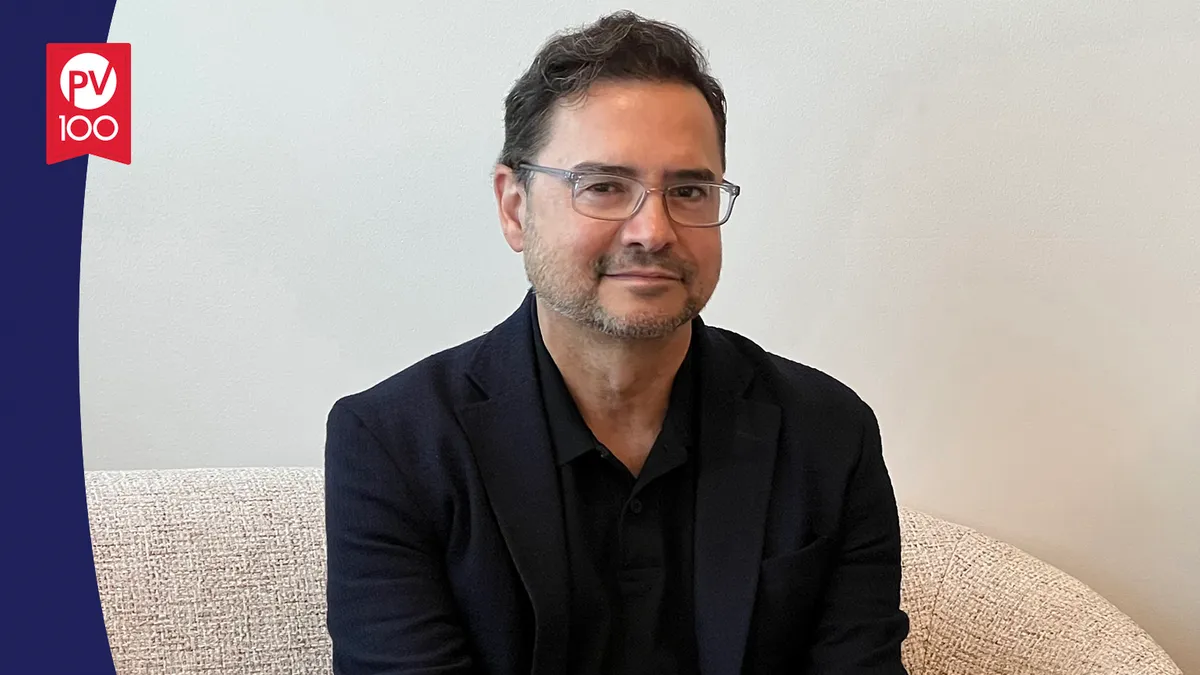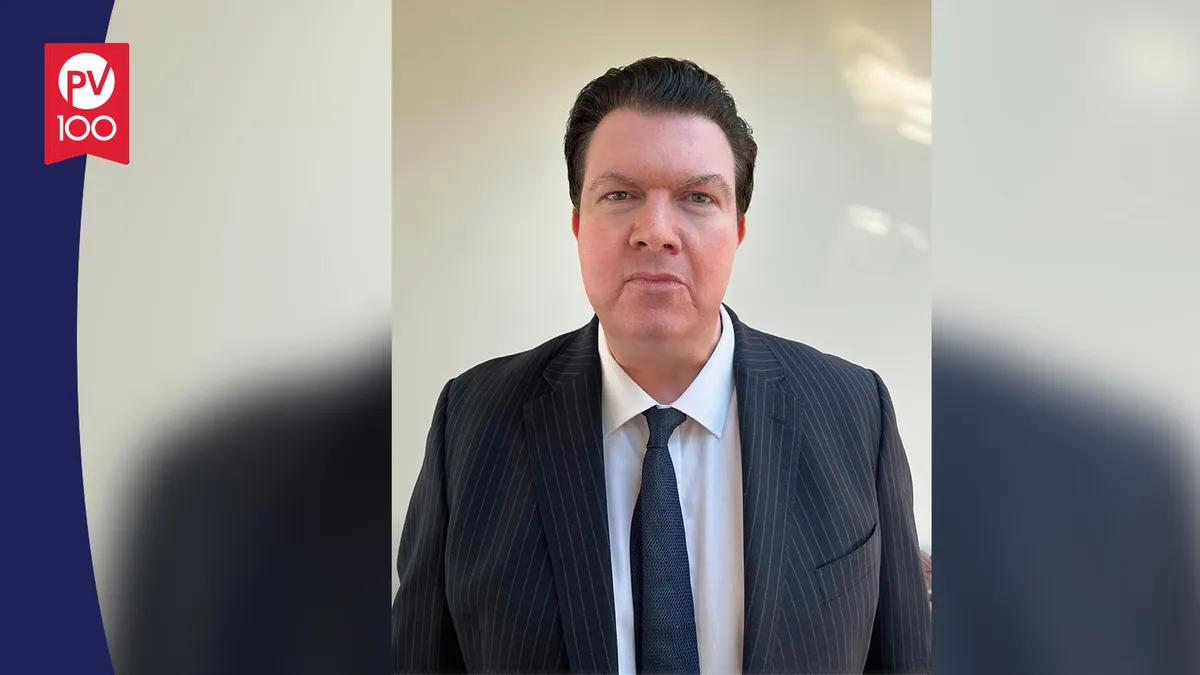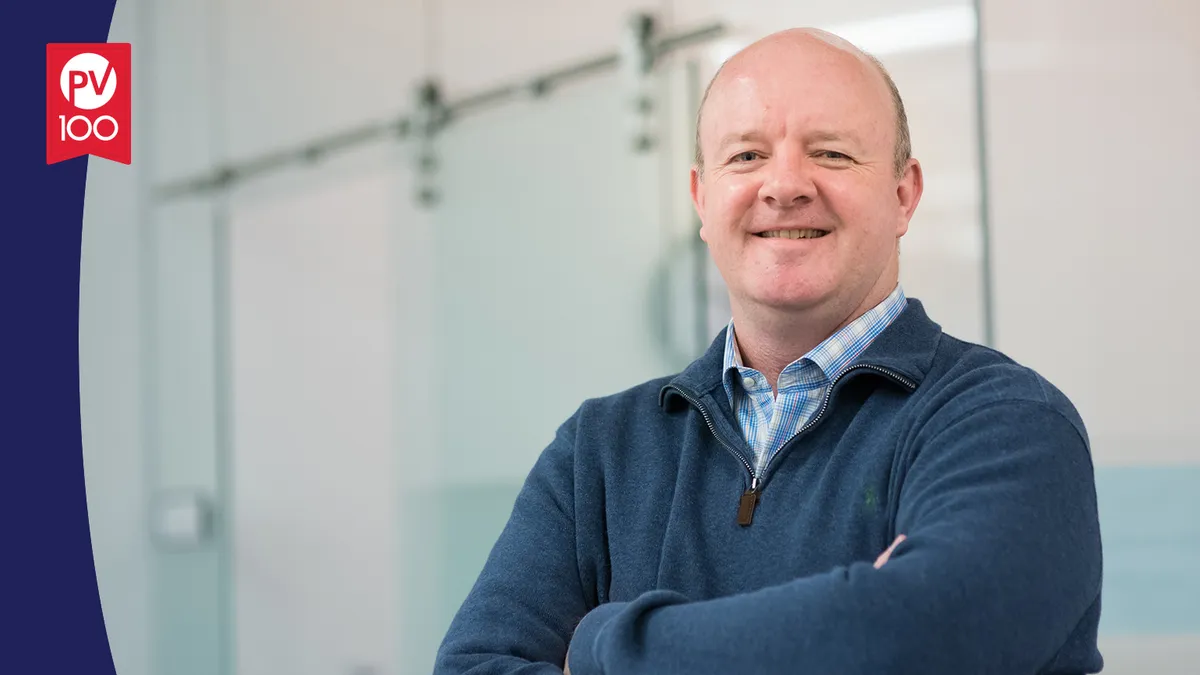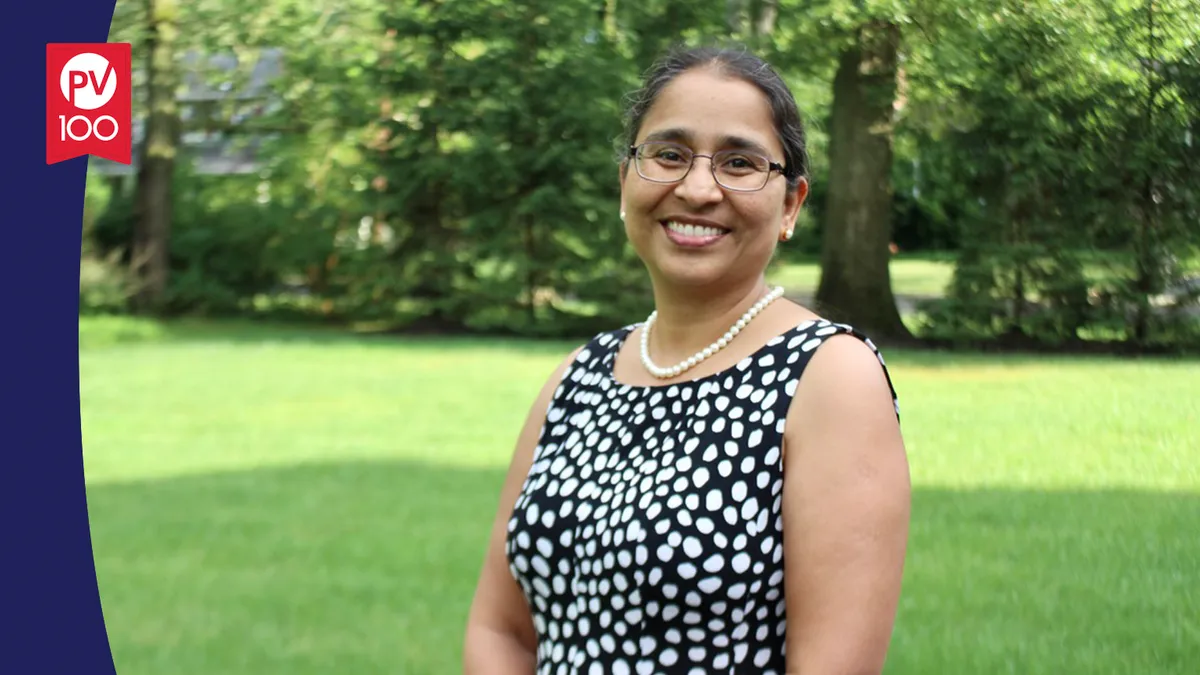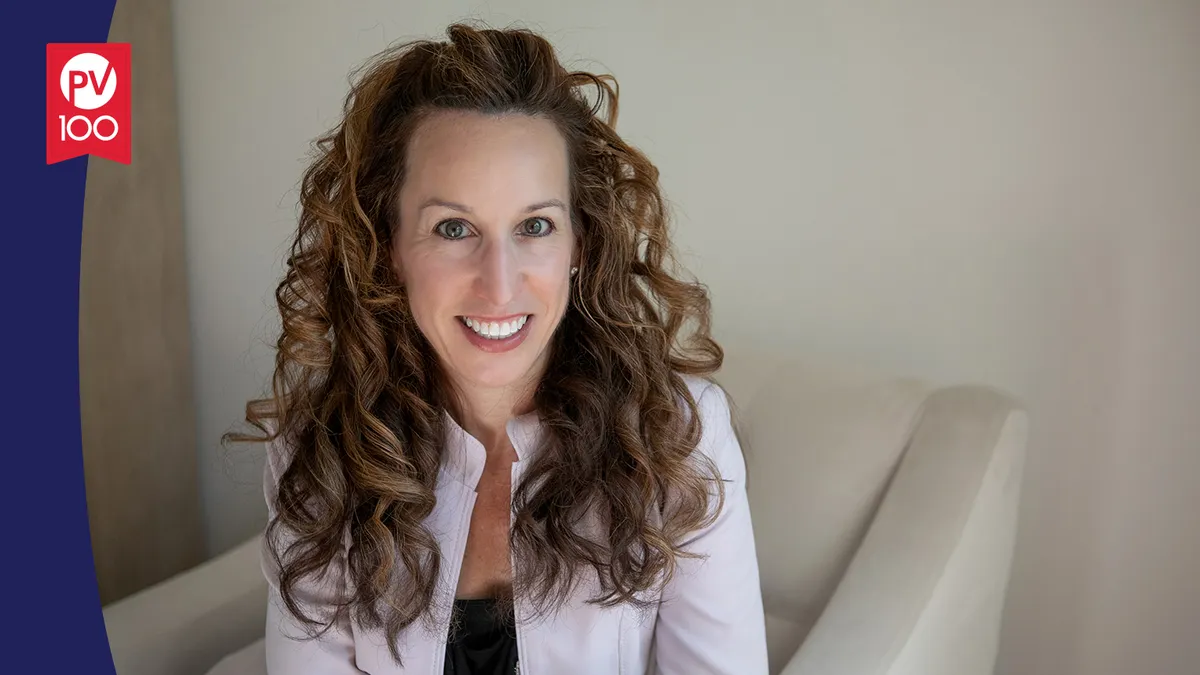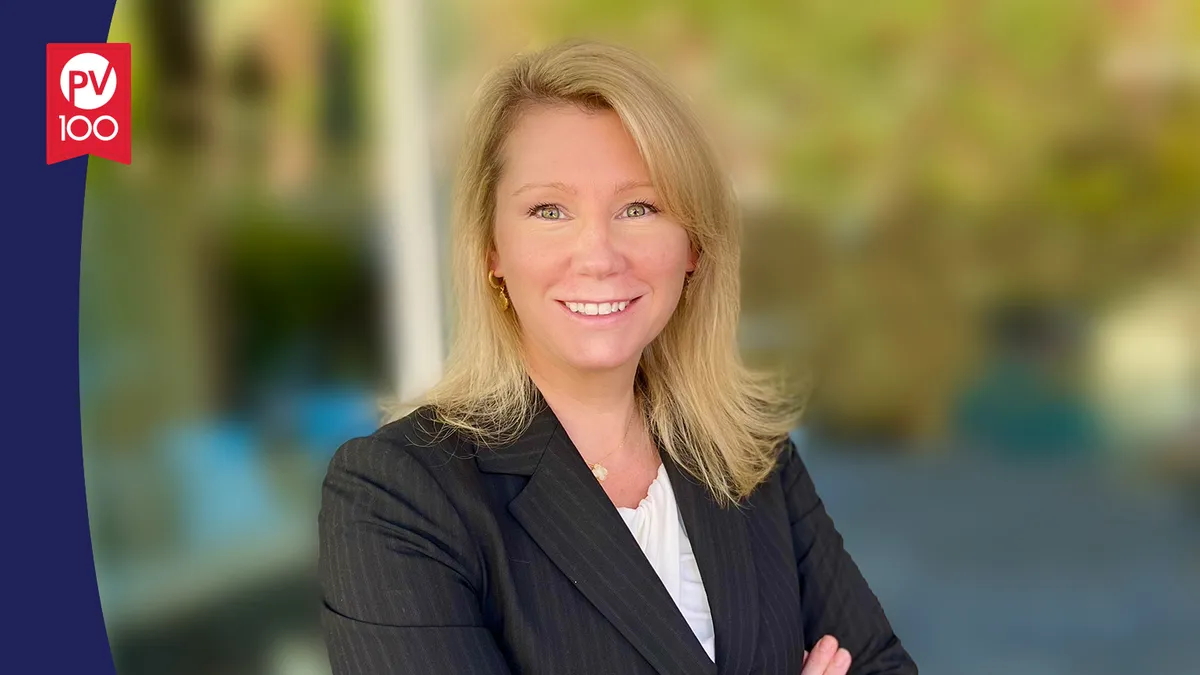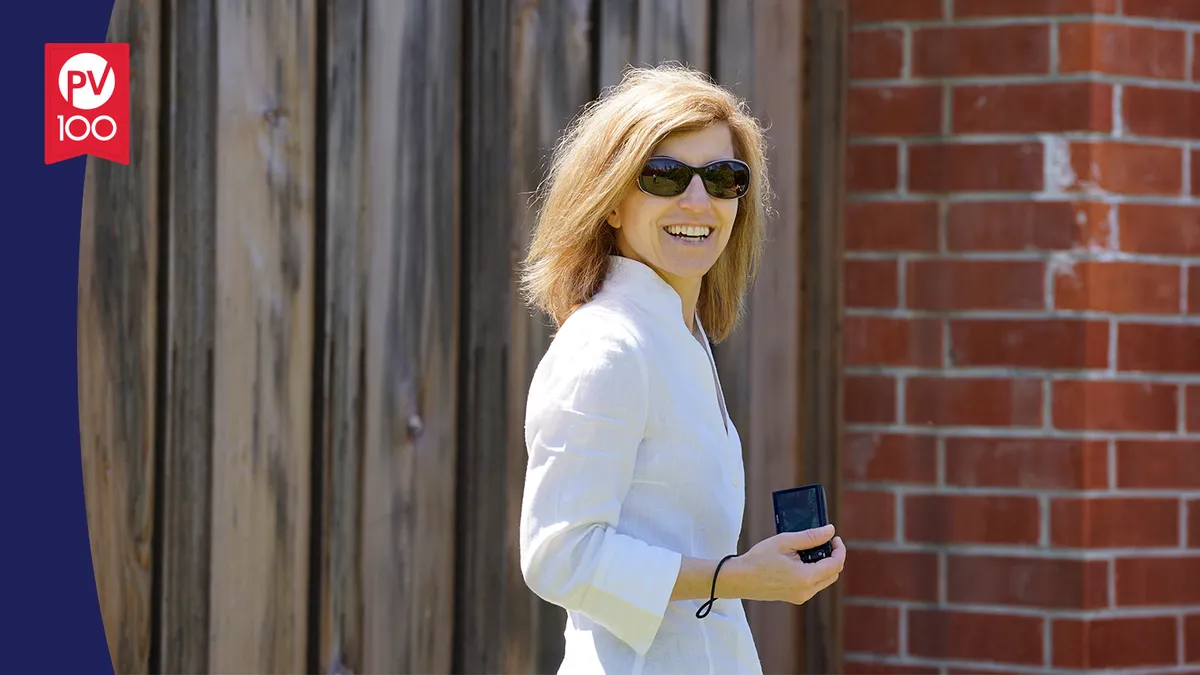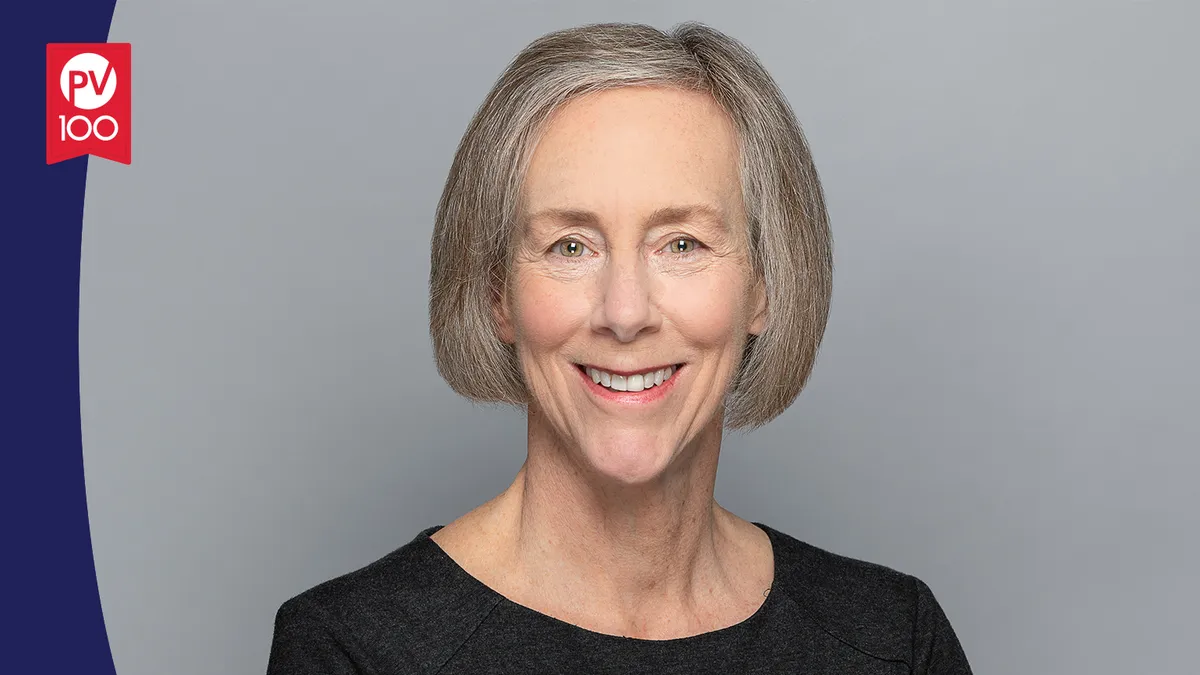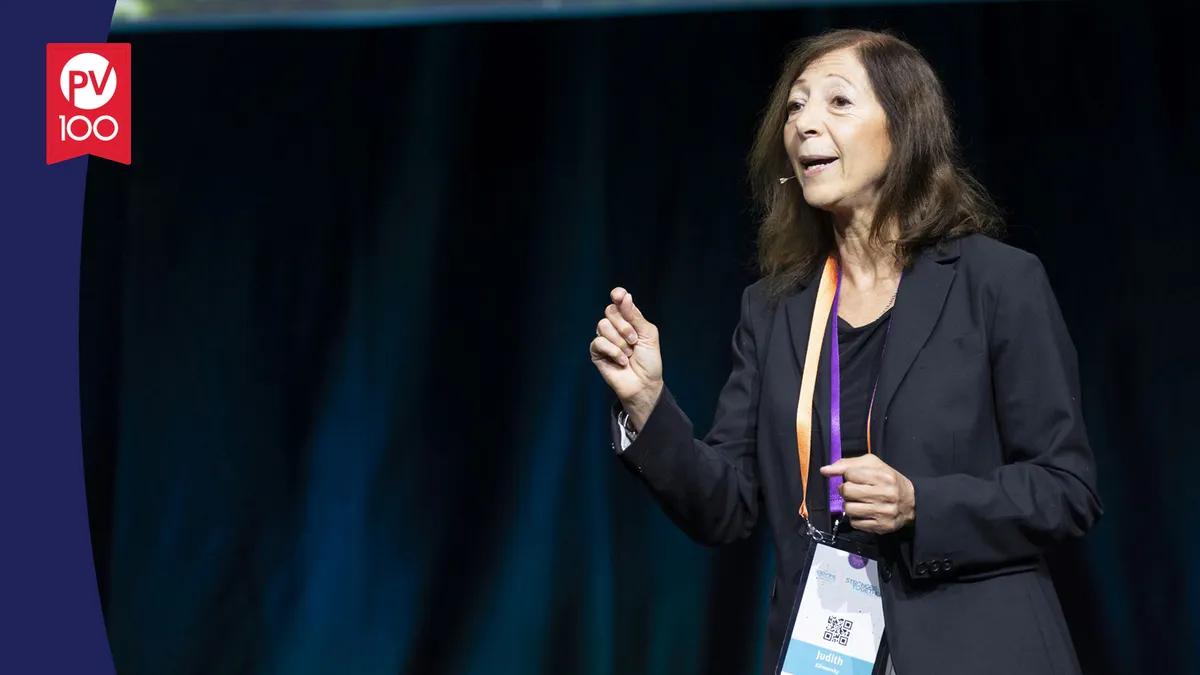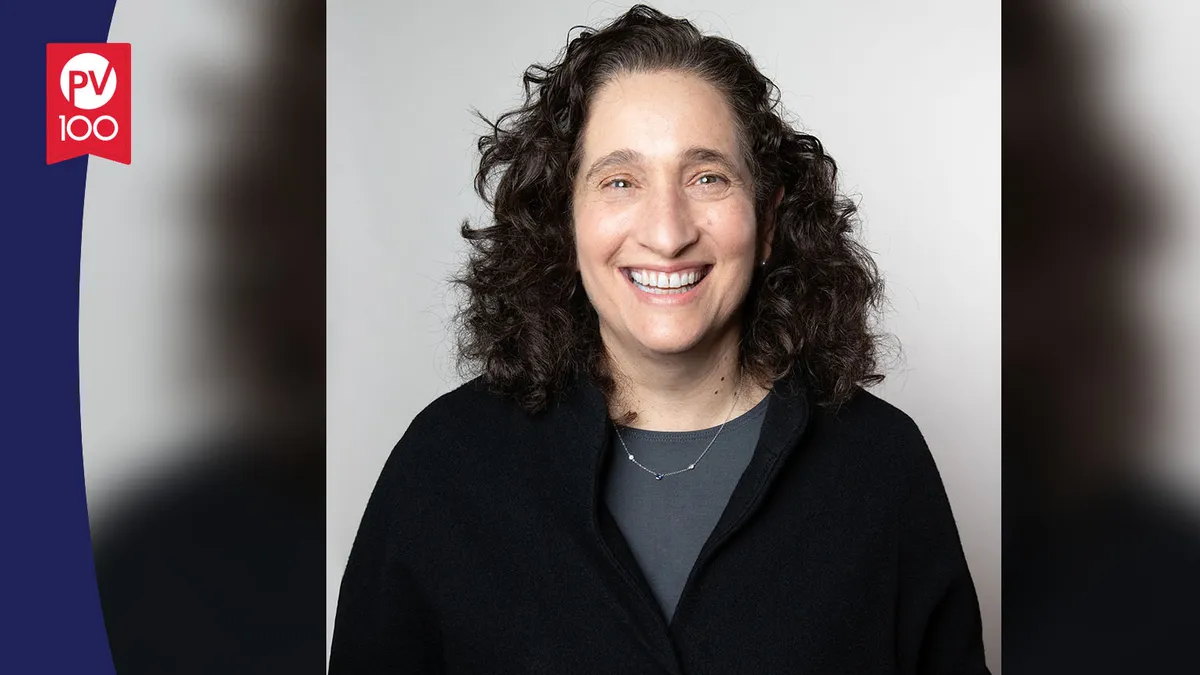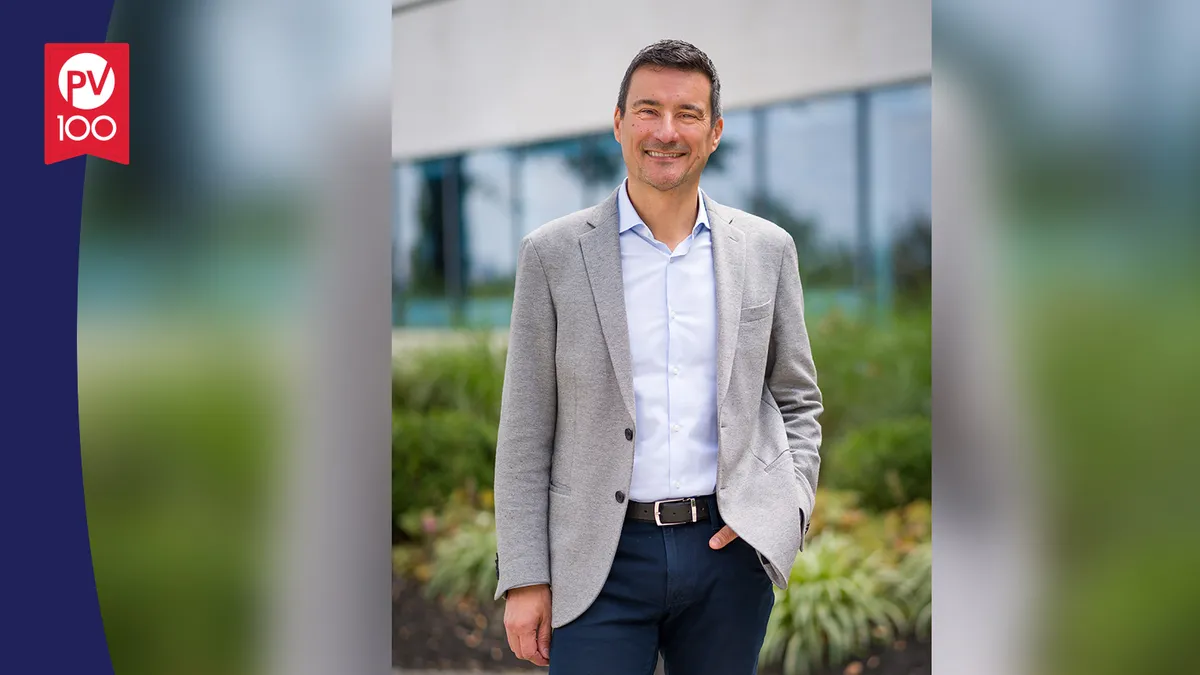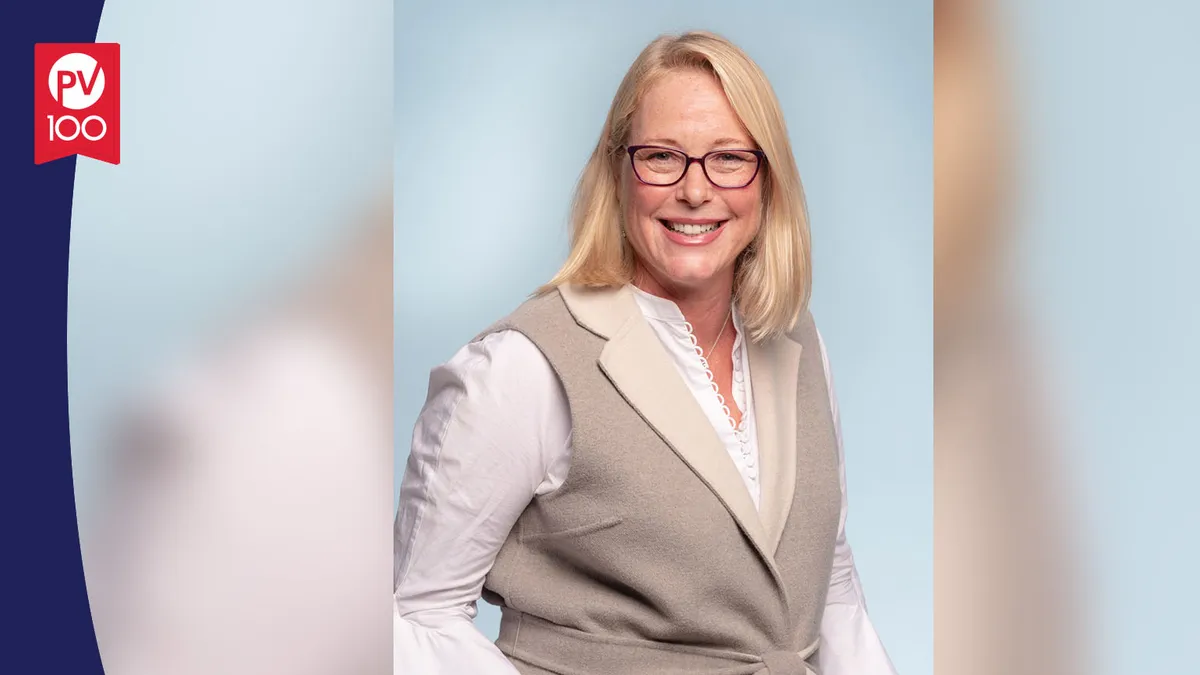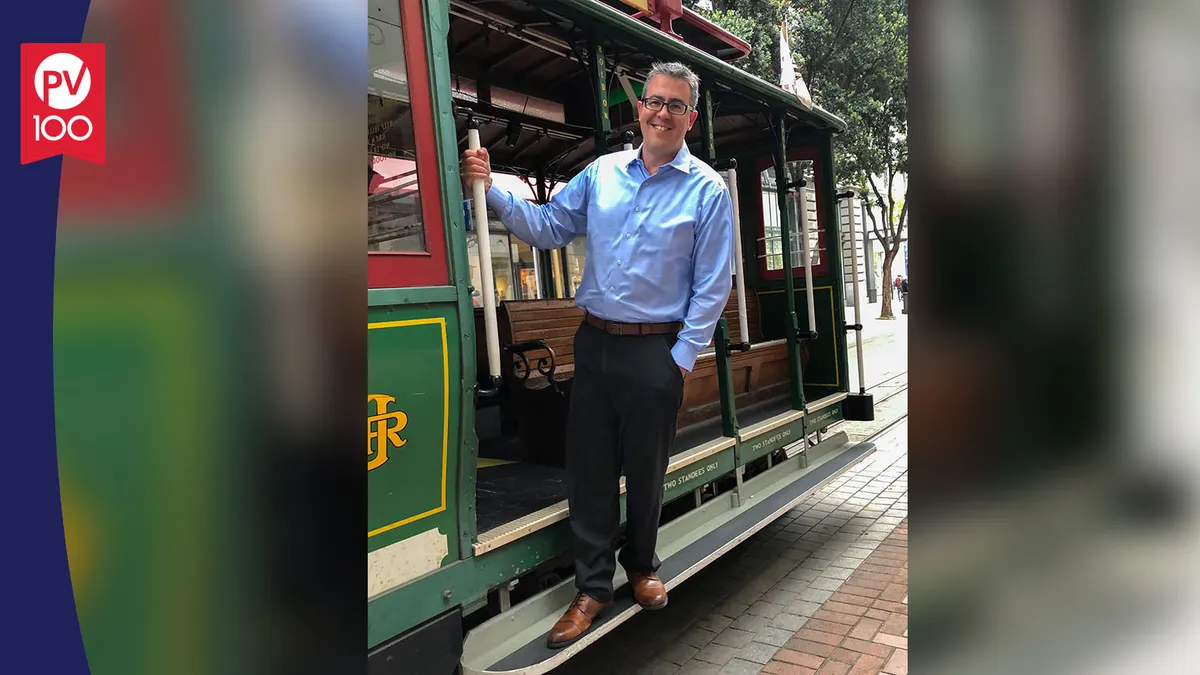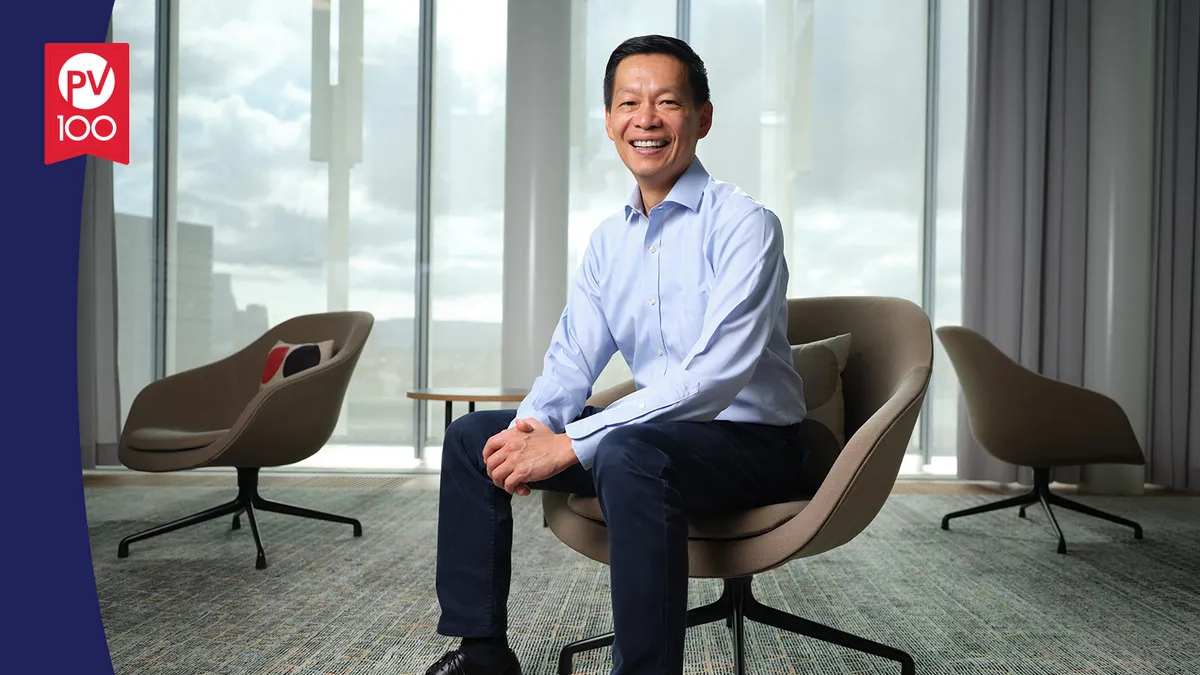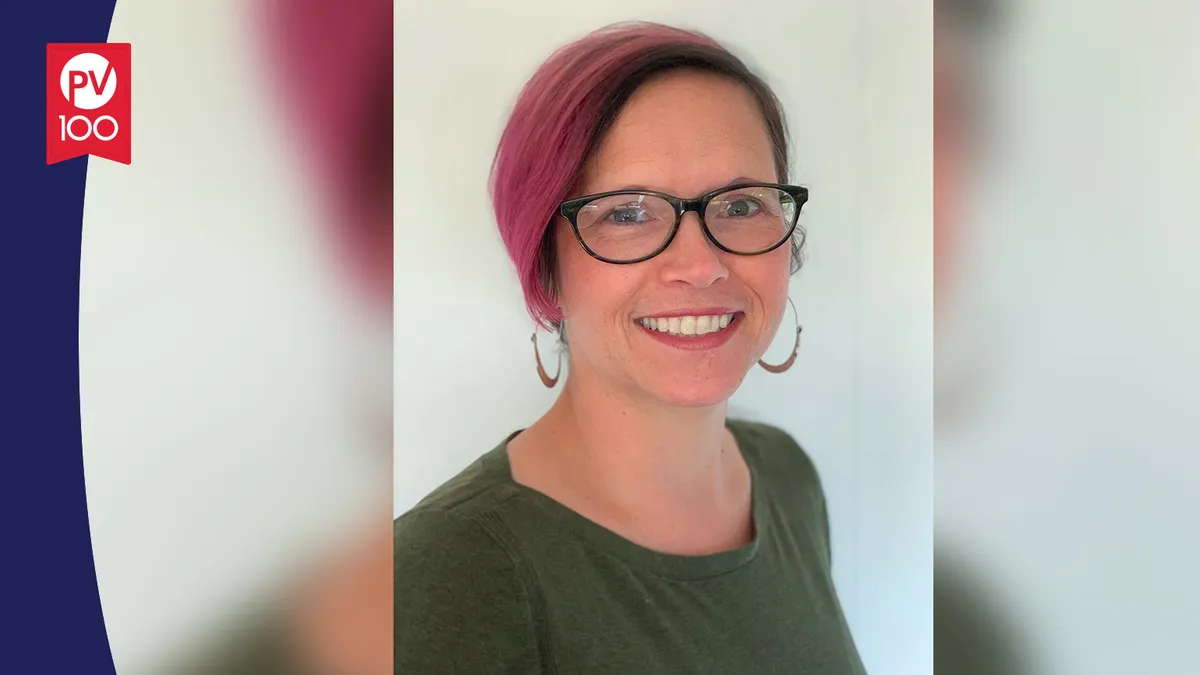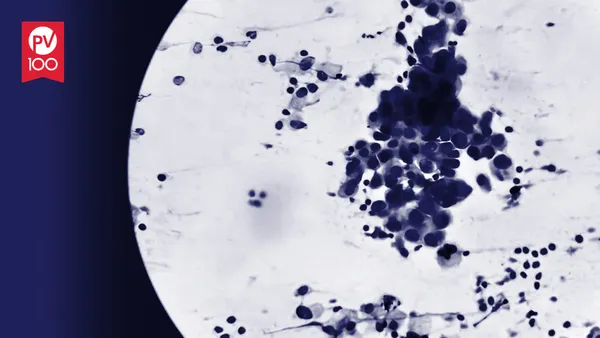Editor’s note: This story is part of our 2022 PharmaVoice 100 feature.
The path that led Sally Allain to the top spot at the Washington, D.C., key site of Johnson & Johnson Innovation's life sciences incubator, JLABS, was one of perseverance.
The branch, which is the newest location out of 13 run by J&J Innovation and opened in 2021 in partnership with Children's National Hospital at its new Research & Innovation Campus, is a 32,000-square-foot facility at the former Walter Reed Army Medical Center.
Sticking to a construction and grand opening timeline during a pandemic wasn't easy, Allain says.
"I moved into position to build, open and launch JLABS at Washington, D.C., three months before we all shut down with the pandemic," Allain, who started her career at a small biotech startup in San Diego, says. "Keeping our eye on the ball, keeping the team moving through the pandemic from construction to launch, we were still able to do that within a fair timeline, and that takes a lot of different sorts of levers."
Head of the JLABS location, Allain has cultivated a familial gathering of companies at the cutting edge of life sciences with more than 25 residents and growing. As a resident, a company has access to labs, equipment, expertise and more, all designed to help them achieve the goal of bringing a product to the healthcare space. Building such a space when the world was reeling from the unknowns of a pandemic took strength, both of a personal and community nature.
"We're still in our infancy," Allain says. "We have a lot of important work to do here and to build still, so I think perseverance is certainly something I've leaned into — I think a lot of us have over the past year, everyone in some way or another."
From the lab bench to the boardroom
Allain began her career at Egea Biosciences in San Diego, which was acquired by the larger biotech Centocor that then became a subsidiary of J&J's R&D division. Allain's focus throughout these moves became more on the process that goes into partnering at J&J.
"I got off the bench pretty early on and went to the business side of science, working in research operations and alliance management roles," Allain says. "That meant being responsible for not only the portfolio management of our projects but then, in an innovation role, managing external collaborations."
Over a few years, and subsequently working for Janssen R&D's immunology therapeutic area, she saw discovery portfolios grow to become 50% external.
"Managing those projects, working hand in hand with our leads [principal investigators] that were driving the projects, was a big part of my career development," Allain says. "Because alliances and partnerships don't necessarily fail most often on the science — they fail on the relationship side."
After business school and more growth at J&J, Sally moved out of Janssen and into global external innovation, where the opportunity came to work on a strategic project: JLABS @ Washington, D.C.
"Working with Melinda [Richter, global head of JLABS and PharmaVoice Red Jacket honoree], I recognized the value of coming in early on a strategic project, working internally within the business to get that approval and then being able to be part of the team to launch it was such an opportunity for my career growth," Allain says.
Science first
The JLABS building is designed as if from an entrepreneurial scientist's dream — it has cutting-edge laboratories and equipment and huge collaboration areas and meeting rooms to create close proximity to some of the industry’s top minds.
"I've always started with science first," Allain says. "We're working with my colleagues who are experts in their own fields and making sure it goes back to networking and partnering. We all lean on each other's expertise and value that expertise."
Part of cultivating an incubator for companies in the life sciences is deciding which companies to bring on board. For Allain, it's about finding the right fit for both parties.
"Part of the selection is we're looking for companies that are strategically aligned with our areas of interest, which is important because we bring our mentorship to the table for all of our companies," Allain says. "We look at a number of different aspects, but we really start with the science and technology first."
Being a disrupter in any sector is about recognizing what needs to be changed and finding the right way to implement that vision. In healthcare, Allain says that change needs to start with the people on the receiving end: patients.
"For a lot of entrepreneurs and a lot of companies, the common theme right now is: How do we reduce timelines to get to the patient? And how do we reduce costs?" Allain says. "So, when we think of entrepreneurs and early-stage companies, they're scrappy — they're pushing science as fast as they can on as low [a] dollar as possible, and that's where big companies see a value in partnering with them."
One of the most disruptive changes during the pandemic was the use of telemedicine, Allain says. She saw it firsthand with her partners at Children's National and many small companies that are optimizing on that change to implement.
"Our JLABS business model is: A company can walk in and have access to everything they need to make their science and technology successful," Allain says. "With no strings attached, we don't take equity and we don't take IP — that gives companies a comfort."
“We have a lot of important work to do here and to build still, so I think perseverance is certainly something I've leaned into — I think a lot of us have over the past year.”
Sally Allain
Head, JLABS @ Washington D.C., Johnson & Johnson
Further down the road, it's possible that a company makes a deal with the pharma giant — as Allain puts it, "the right type of deal for them, but also the right type of deal for us."
"Even through the review and selection process, we're meeting with CEOs and chief scientific officers and working closely to understand what they see as their hurdles, how we can help them remove roadblocks, how we can help them move forward," Allain says. "There are a lot of hallway conversations — that's the ecosystem."
A bold footprint
Allain has put her stamp on many facets of the business, and the D.C. area is important as a location, she says.
"I recognize this is such a unique ecosystem here," Allain says. "So very different from Boston or San Francisco — there's a lot here and thinking about being on a historic campus anchored and partnered with Children's National, where we're down the street from the FDA and the NIH, it’s a huge opportunity to chase."
Her presence is felt, even down to the art on the walls, which comes from Maggie O'Neill, one of D.C.'s most celebrated artists. O'Neill's work adorns public spaces in the building as well as Allain's office.
"Her work is incredibly colorful, very bold," Allain says. "And she represents girls and women profoundly in her work."
Allain and JLABS place a priority on diversity with 31% of the companies headed by women and 30% minority-led. At the Washington, D.C., location in particular, JLABS held what it called a QuickFire Challenge along with the city to spark innovation that would address racial and socioeconomic disparities.
“It’s incredibly important to have diversity across your team — diversity of backgrounds, of expertise, of experience and diversity in gender is invaluable,” Allain says. “If you look at the metrics of our CEOs, I think that stands alone in the industry — we live in a diverse environment and we're serving diverse patients and populations.”








